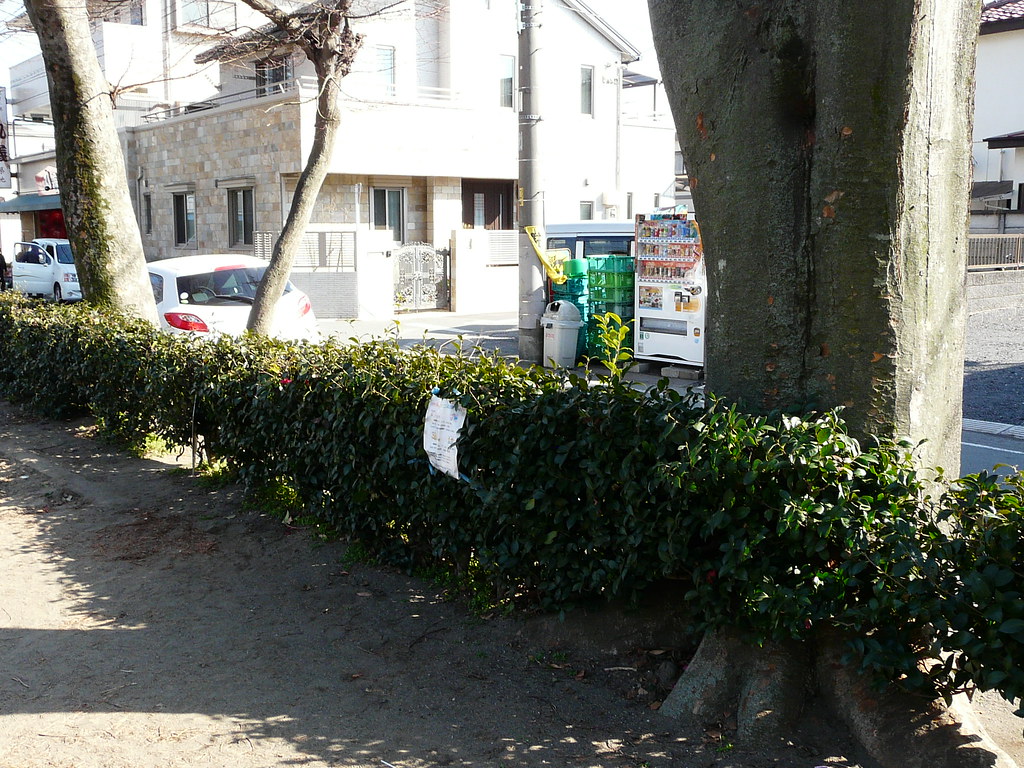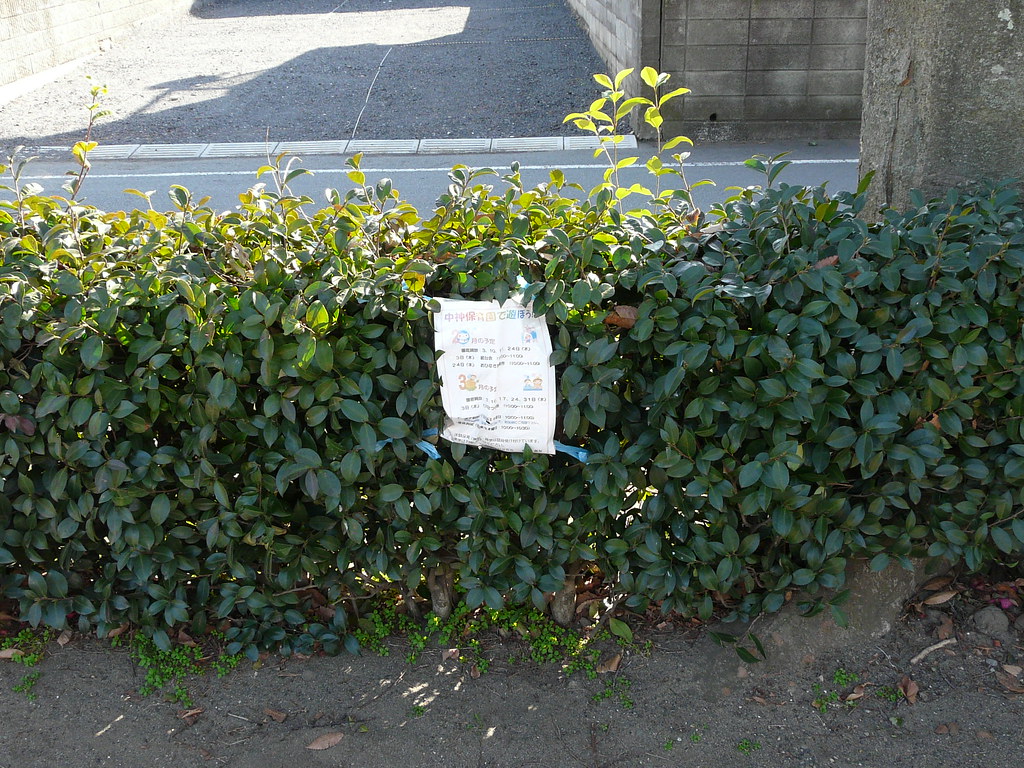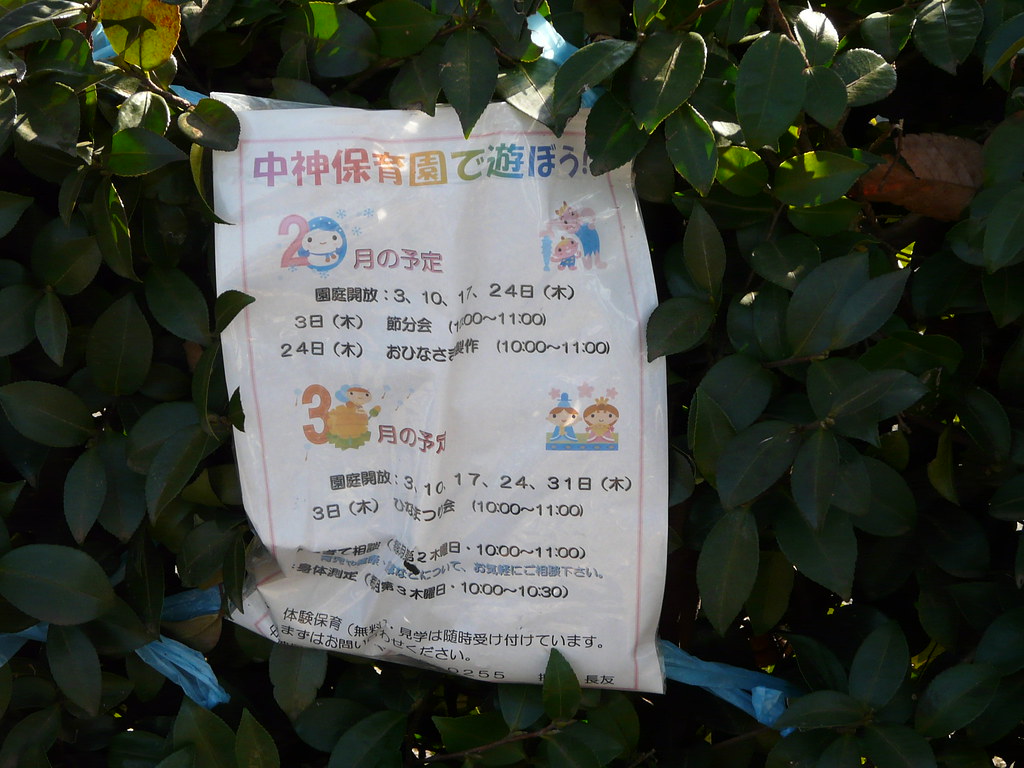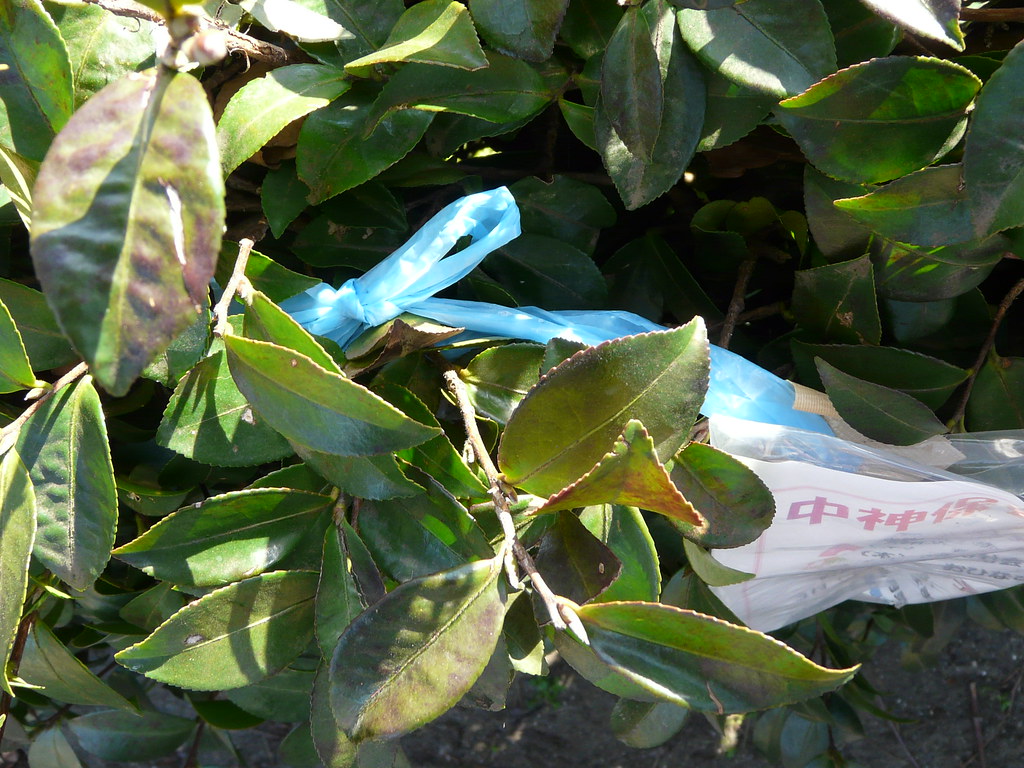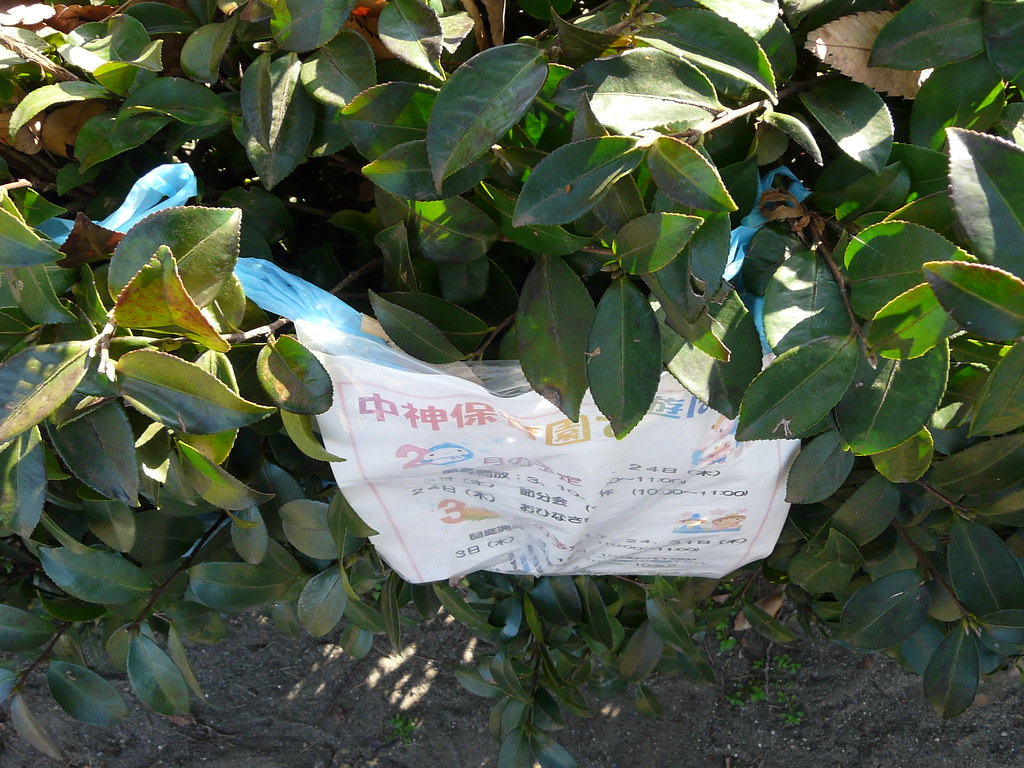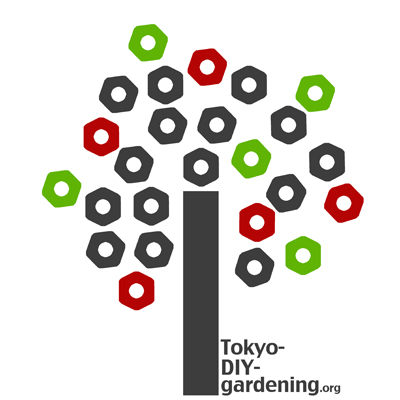Ramshackle arrangement of pots mark the entrance to this shuttered store and workshop.
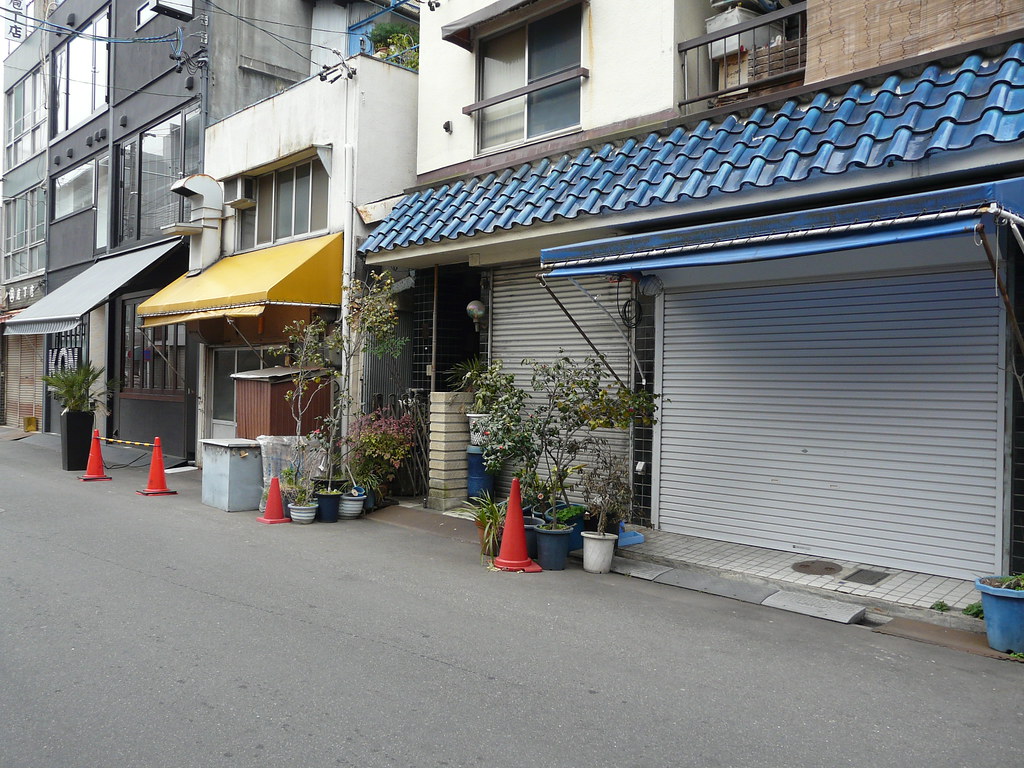
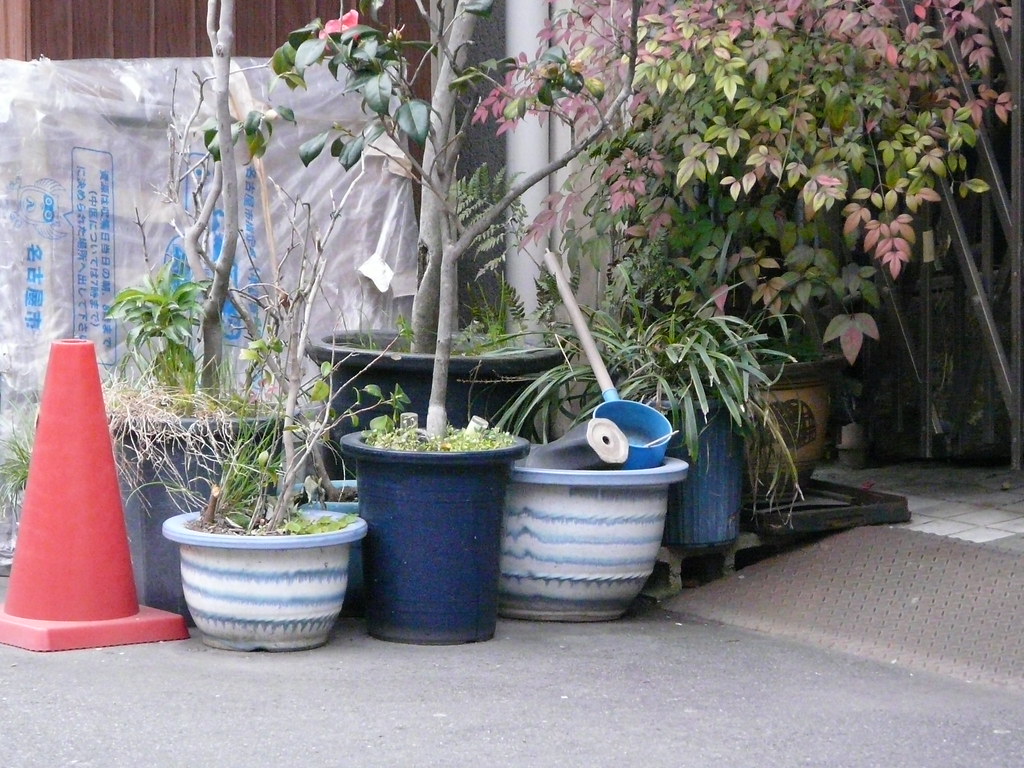
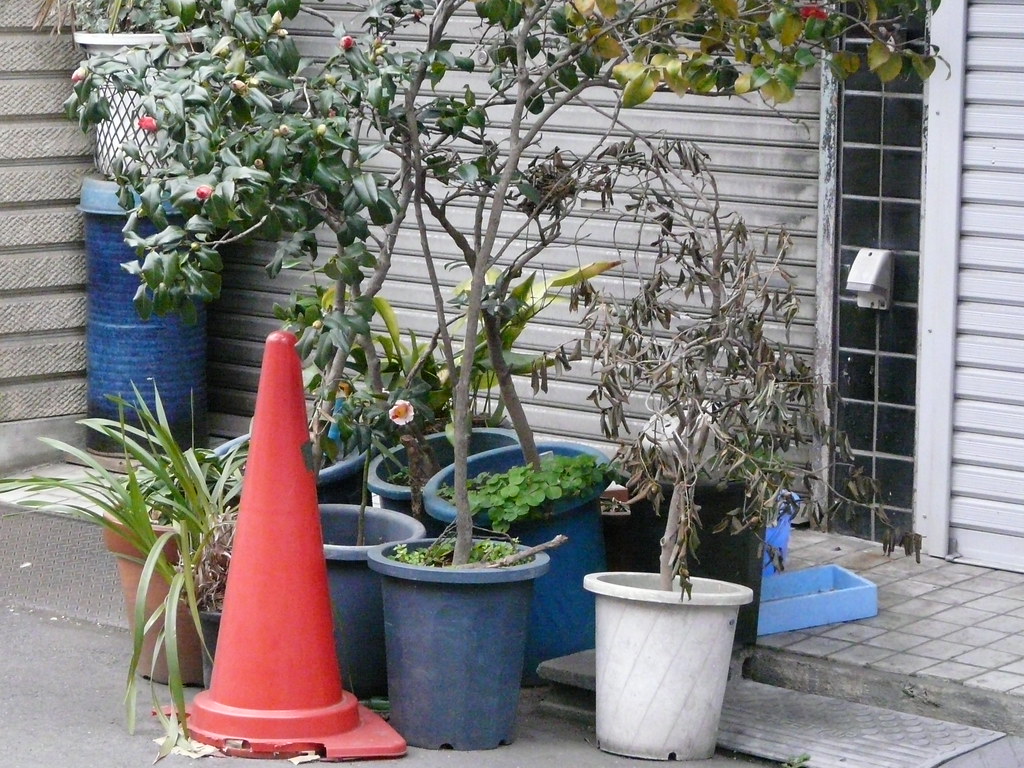
Location: Nagoya
Materials: Potplants
Beer crates placed in front of stop entrance create no-parking zones on days off.
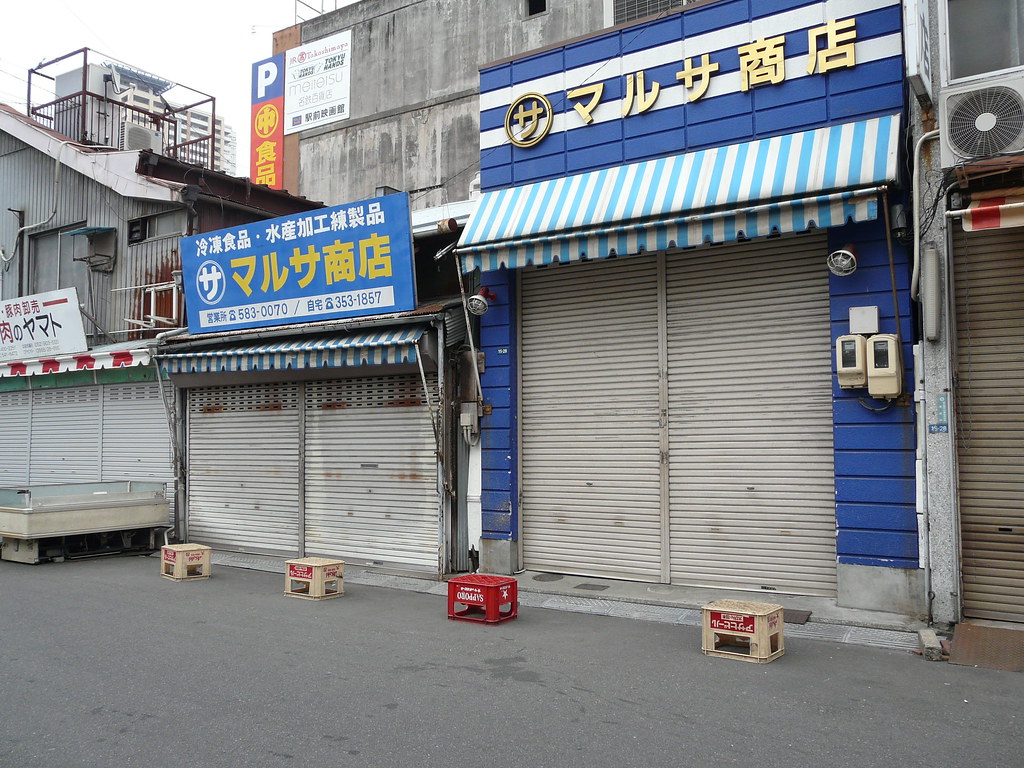
Location: Nagoya
Materials: Beer Crates
Plastic basket secured to fence with peg provides a spot to place bottle caps to add recycling. Small tag attached with twist-tie makes purpose clear.
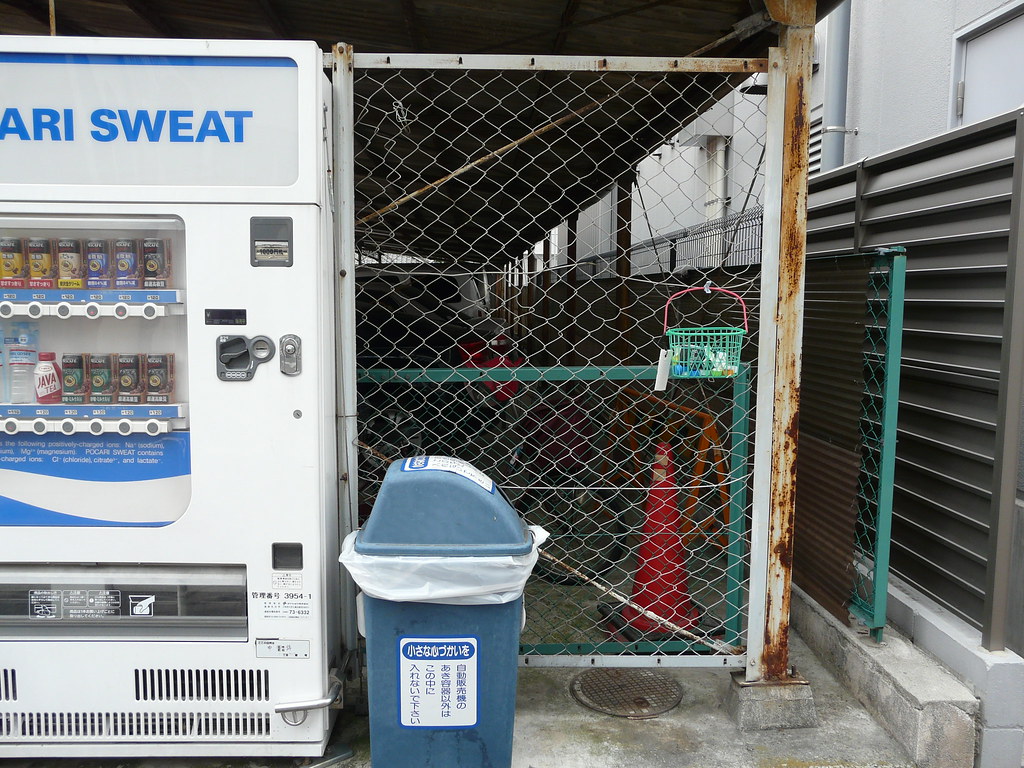
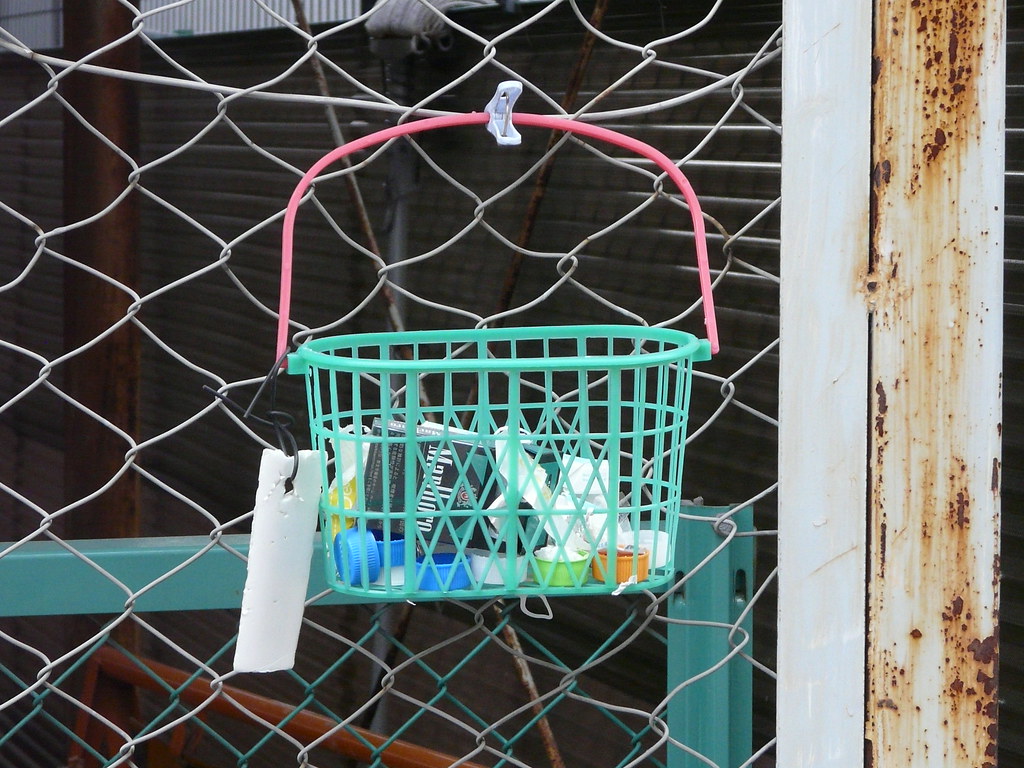
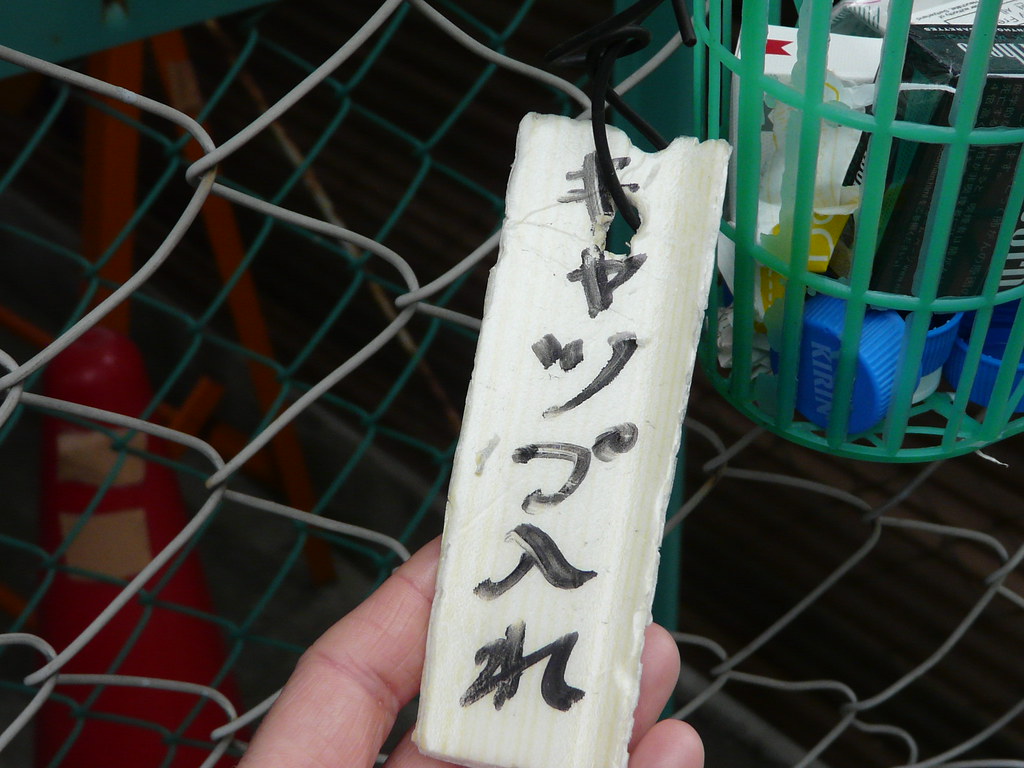
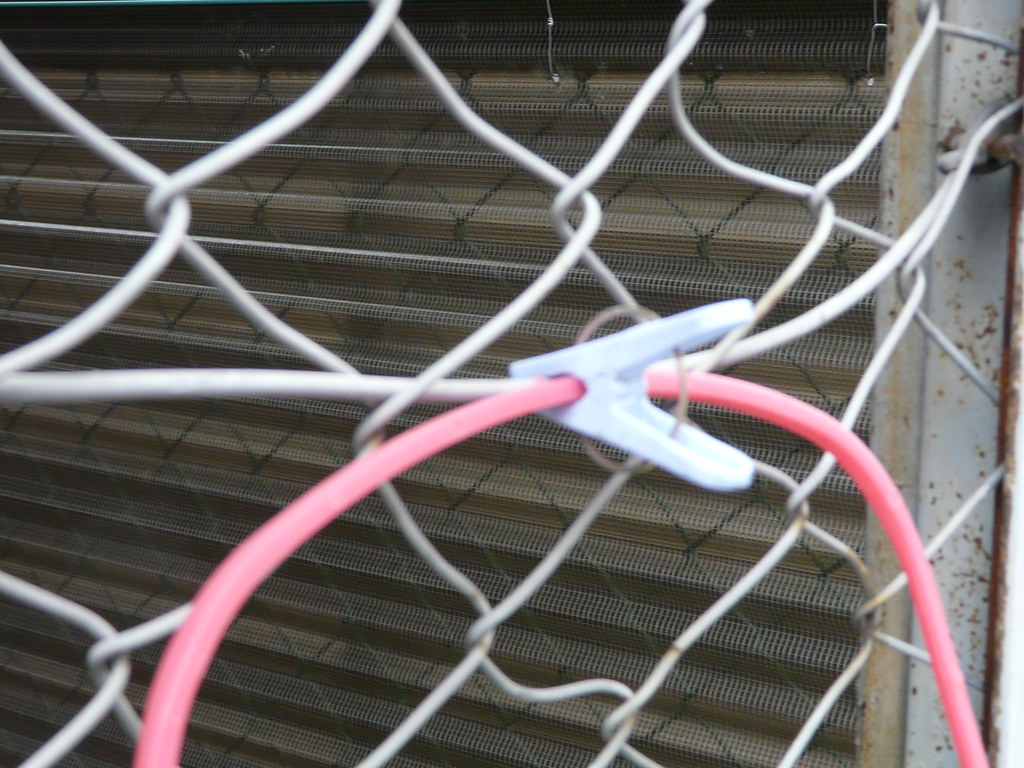
Location: Nagoya
Materials: Plastic Basket, Peg, Plastic Twist-Tie
Keeping a section of the curb car free (or permanently reserving a parking spot for the local ‘boss’) is carried out with the use of concrete junk, traffic cones and barriers.
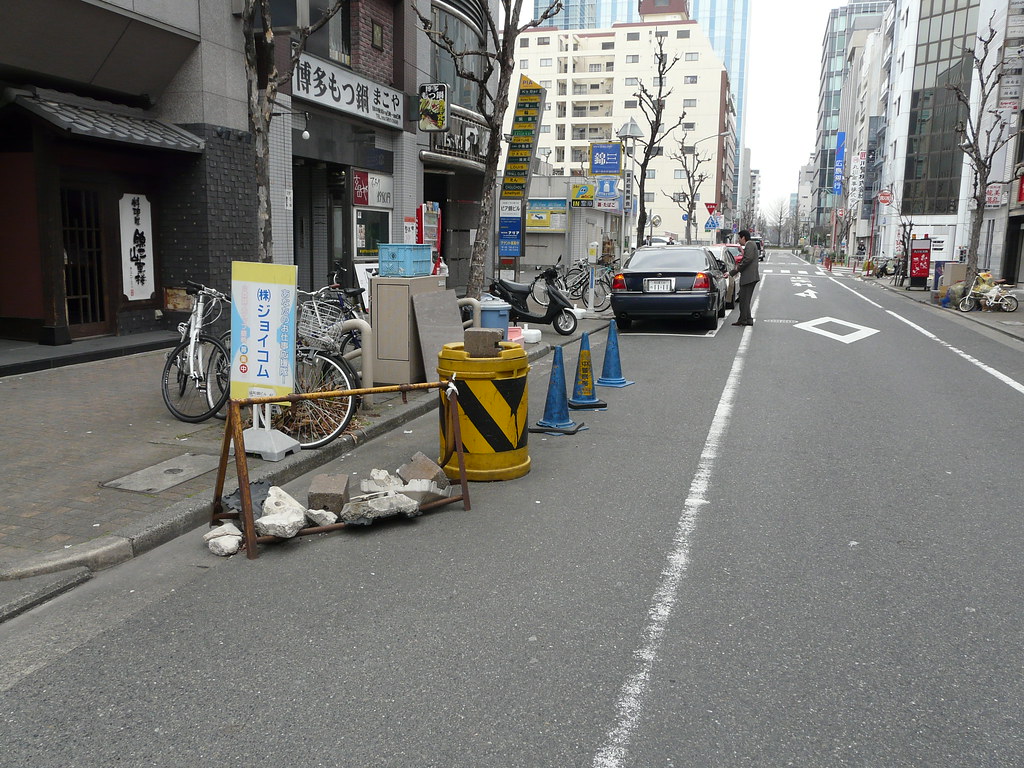
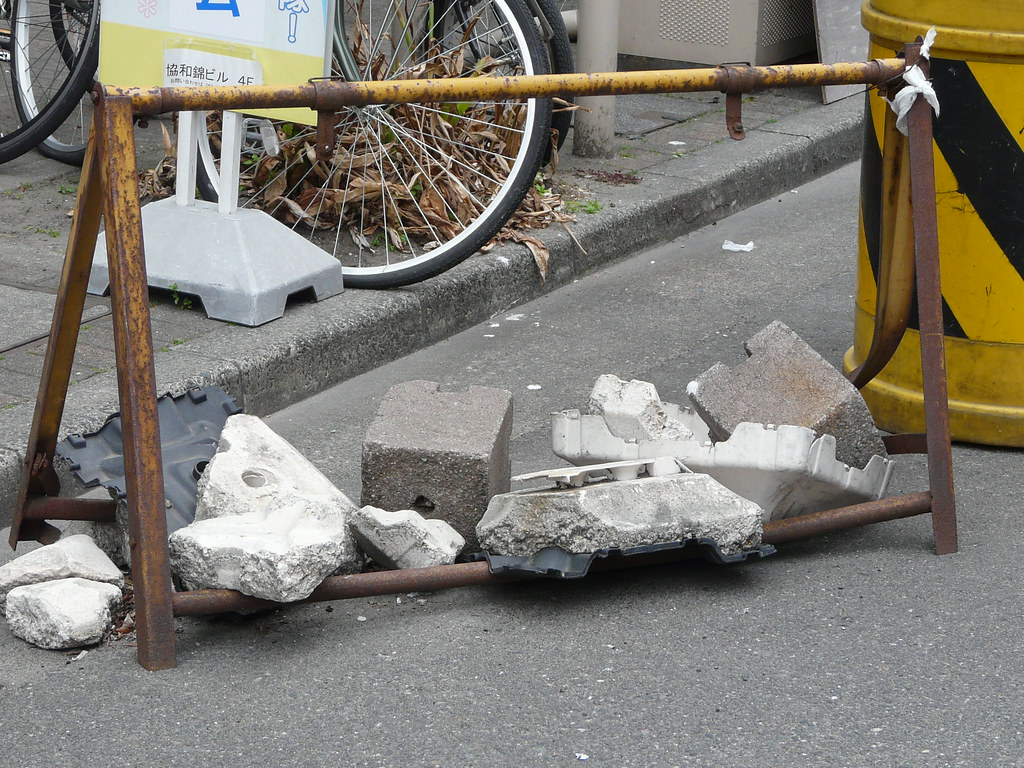
Material: Concrete, Traffic Cone, Traffic Barrier
Location: Nagoya
Keeping a bucket under the back seat helps you to keep the bus spotless during your down time.
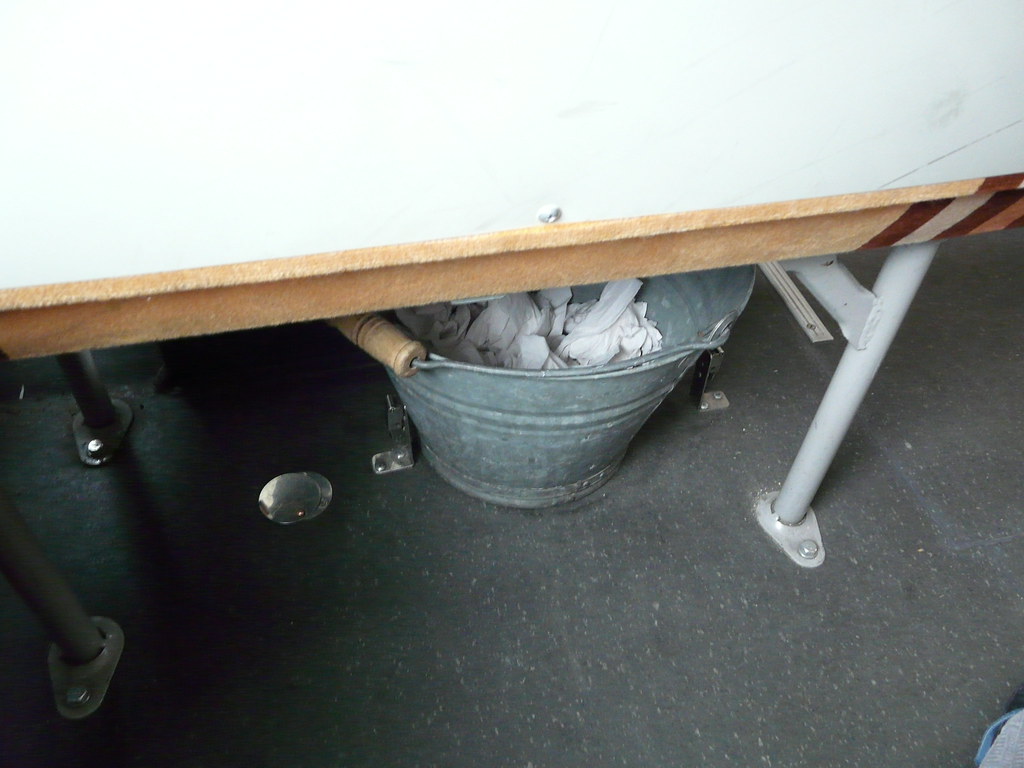
Materials: Bucket
Location: Nagoya
When you take pride in your bus, you fix tears and cuts with a needle and thread. The homely knit material used for the seating makes this easy.
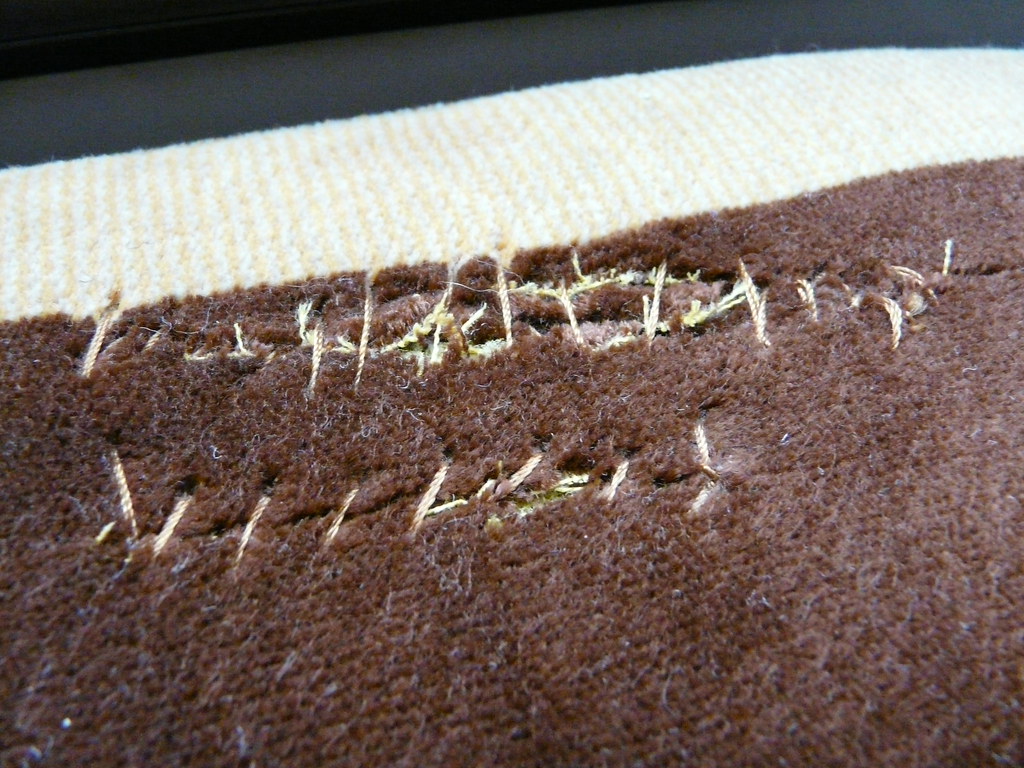
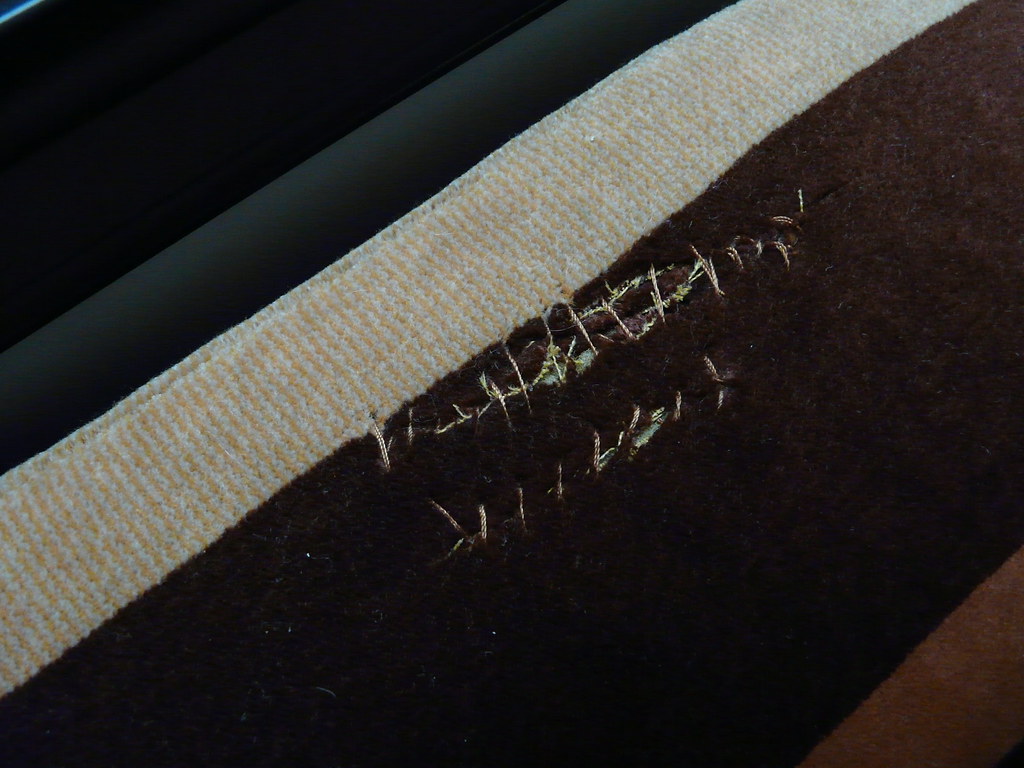
Materials: Needle and Thread
Location: Nagoya
At night the climbing mound in the middle of the local playground is a spot for chatting, smoking, flirting, drinking……
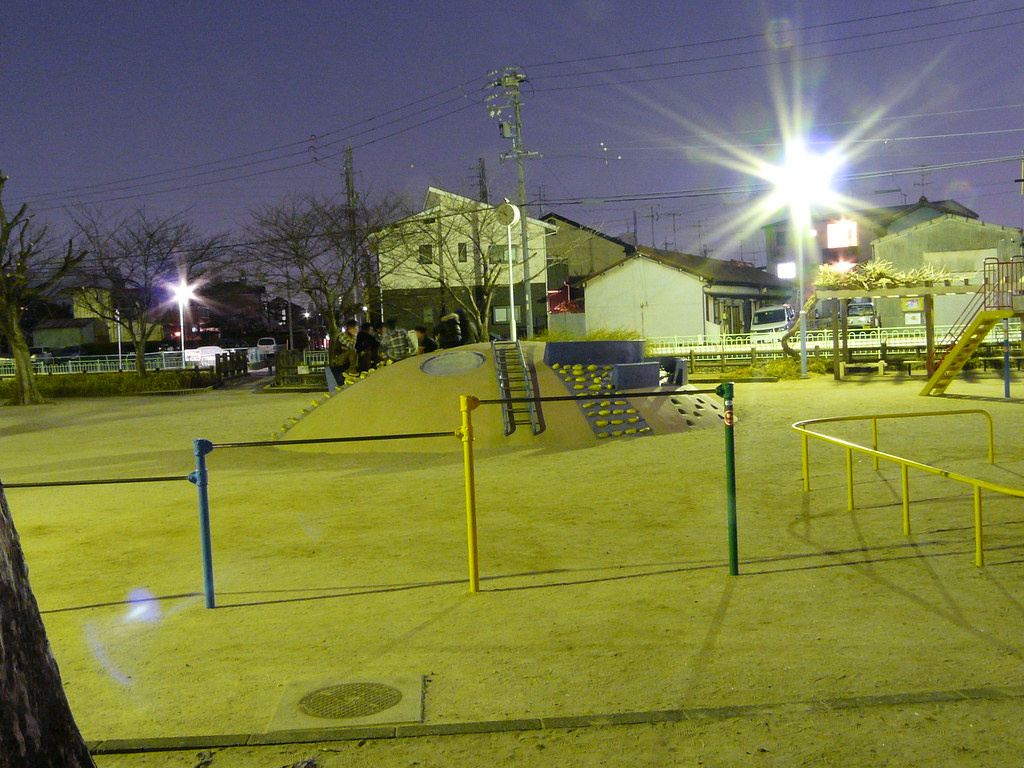
Material: Playground
Location: Minami-ku, Nagoya
“The qualities of a city like Tokyo that is parts-oriented to begin with, although appearing chaotic and lacking any principle or order, may at last be appreciated in the coming age.” Yoshinobu Ashihara.
Tokyo, a city of parts where the individual defines the large scale shows the elimination of the hierarchical city….continue reading
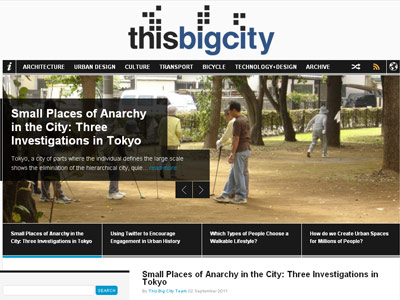
Read the article on This Big City [HERE]
Easel legs thread through bricks for stabilization of a entrance menu.
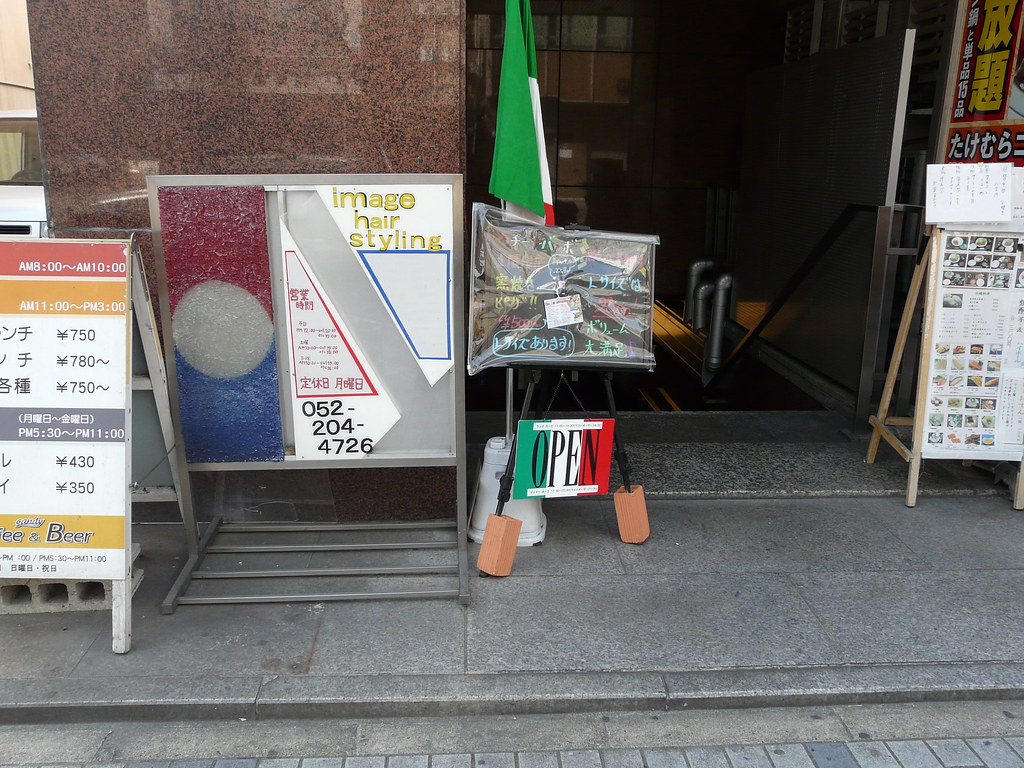
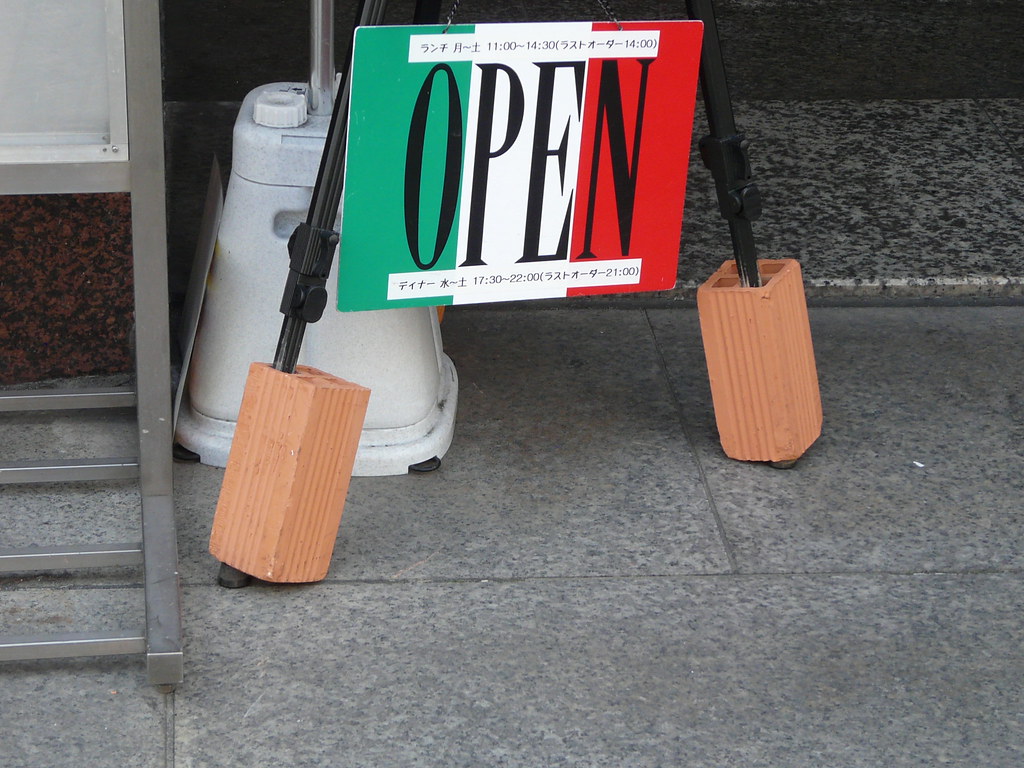
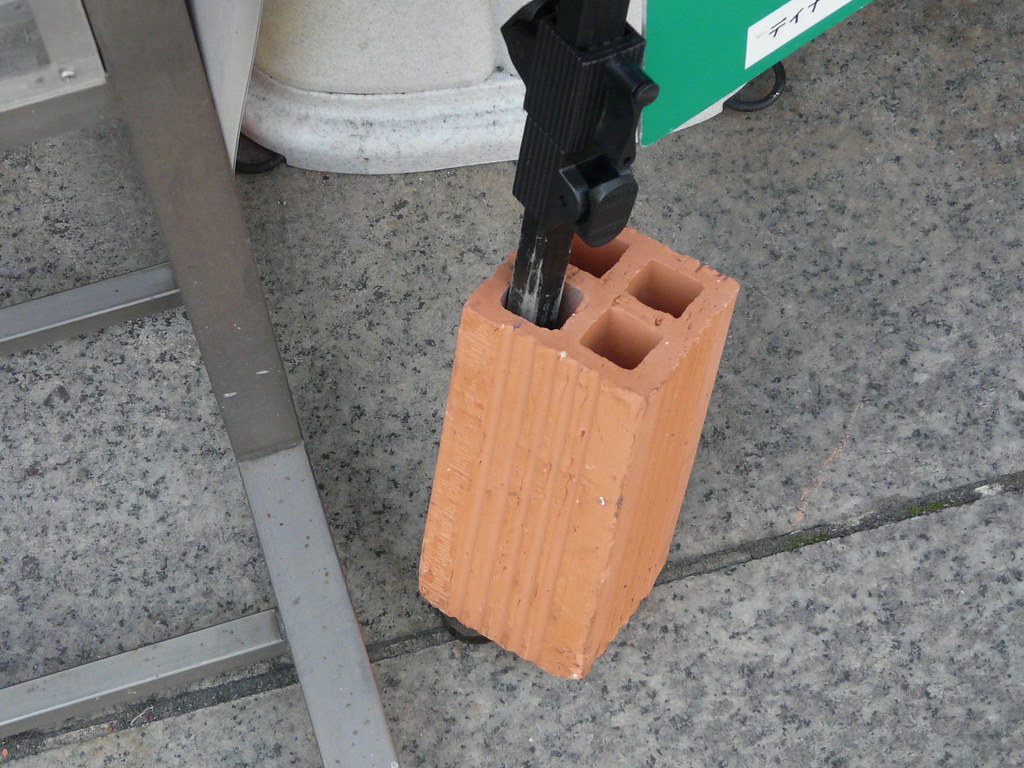
Materials: Bricks
Location: Nagoya
Lantern decoration for restaurant secured with a length of rope and a brick.
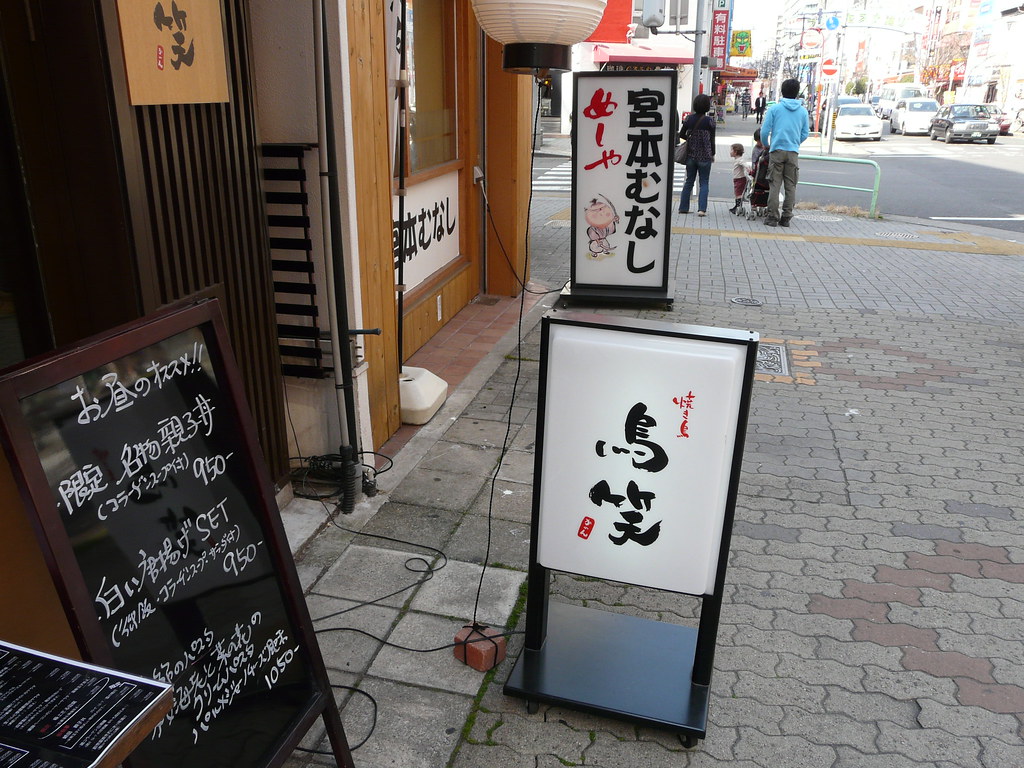
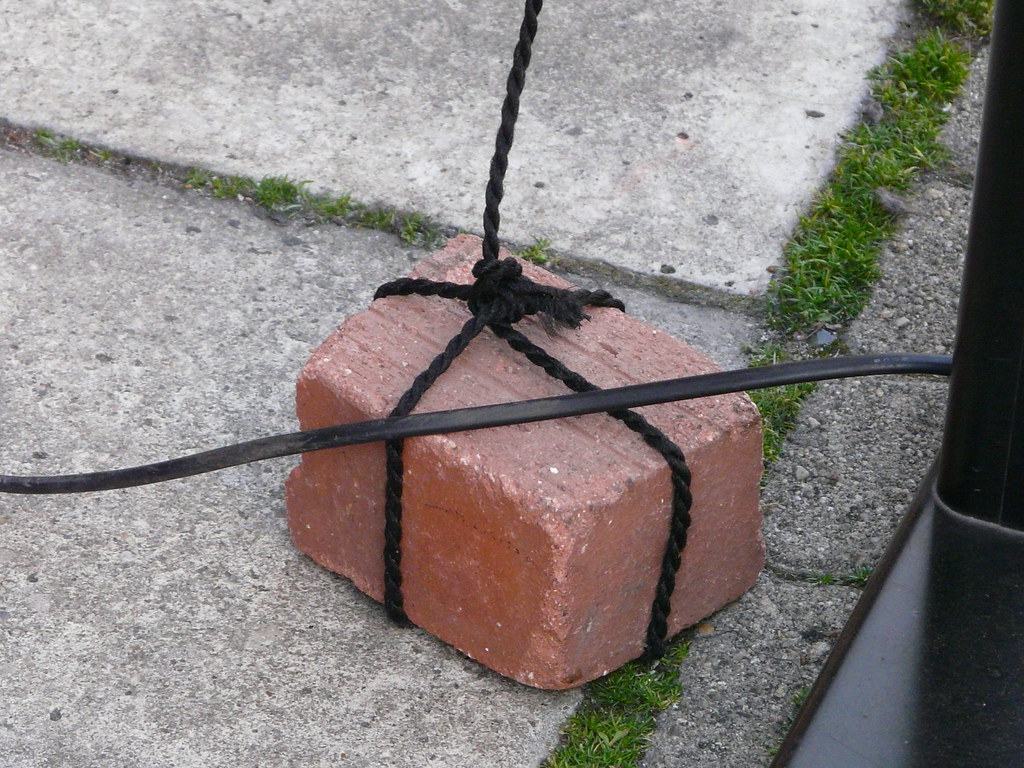
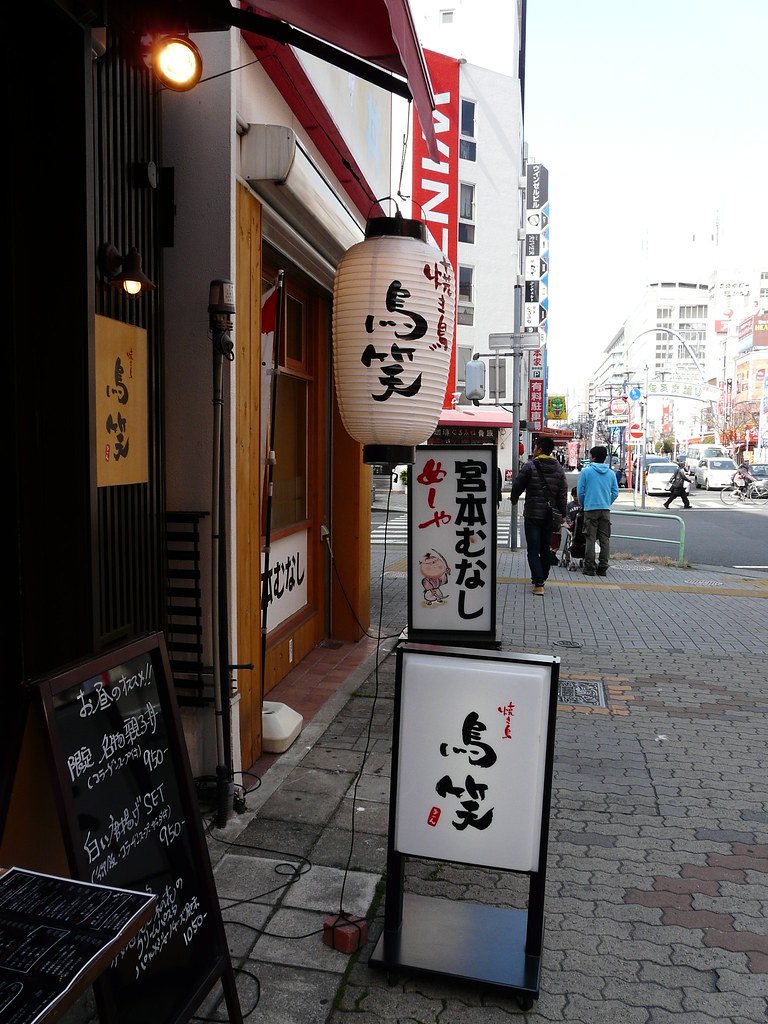
Materials: Brick, Rope
Location: Nagoya
A bit of greenification helps keep this inner-city commerce spot free of parked bicycles.
Nice contrast with residential areas, where pots trump cars – see [HERE] and [HERE]
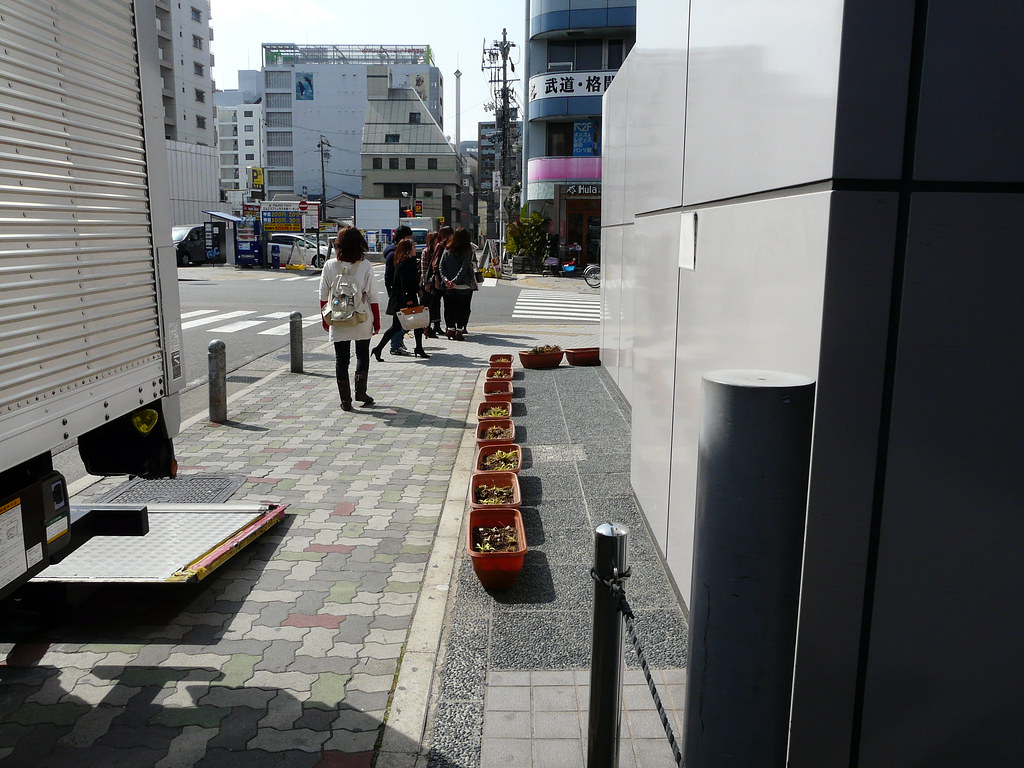
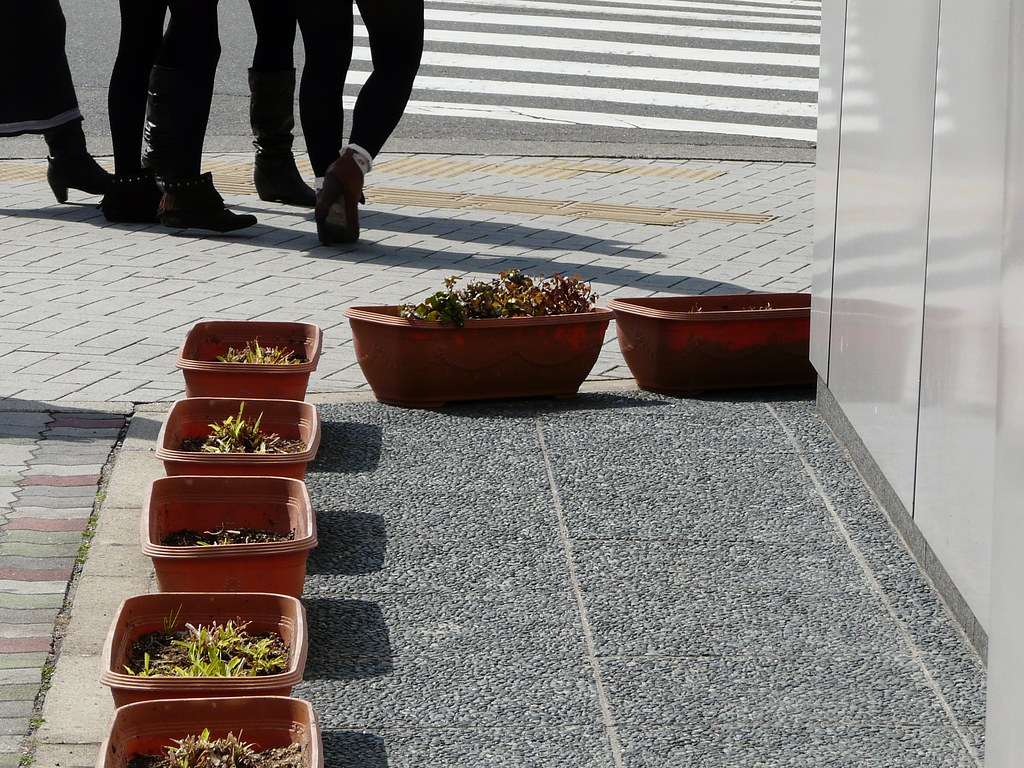
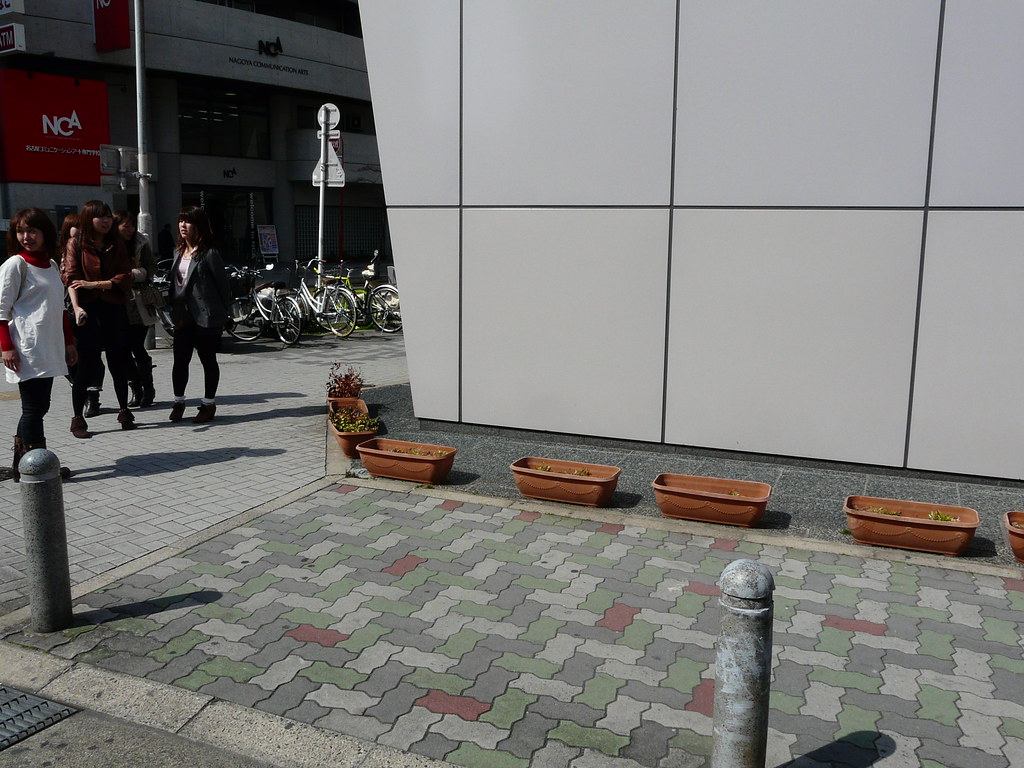
Materials: Potplants
Location: Central Nagoya
Another example of the hand made aspects of Japanese mass-made toilets. This time a large can that used to hold mosquito coils has been placed in a Nagoya public toilet by Mr./Ms. Migita?/Uda?.
Great to see the date of placement clearly written on the side of the can.
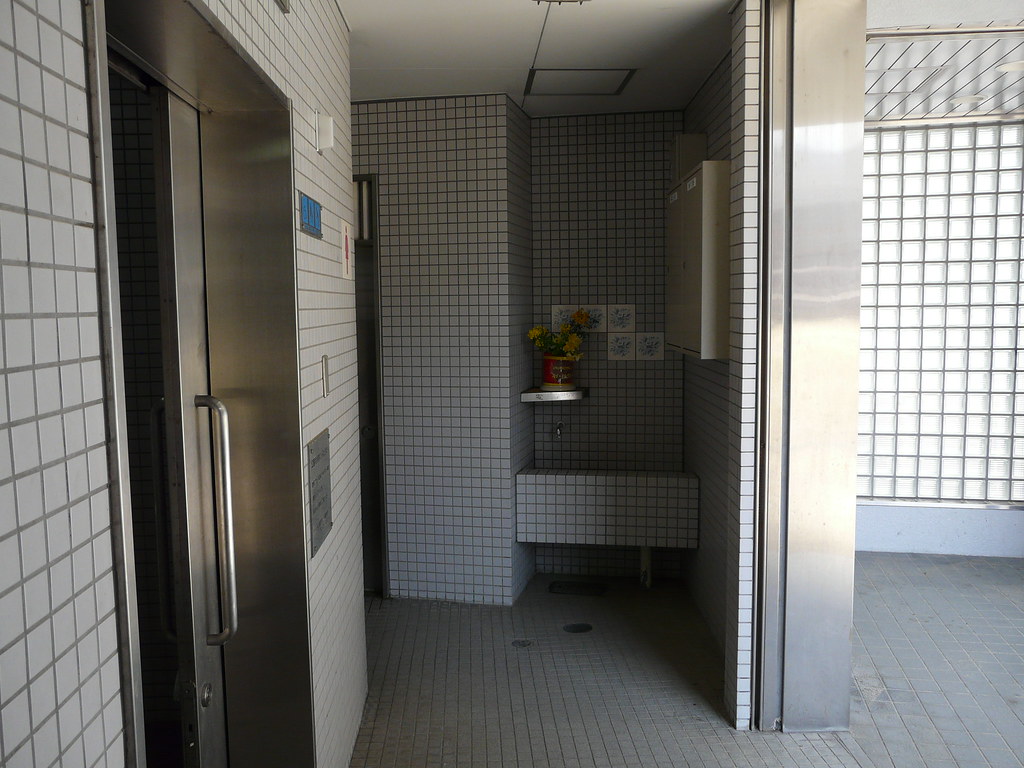
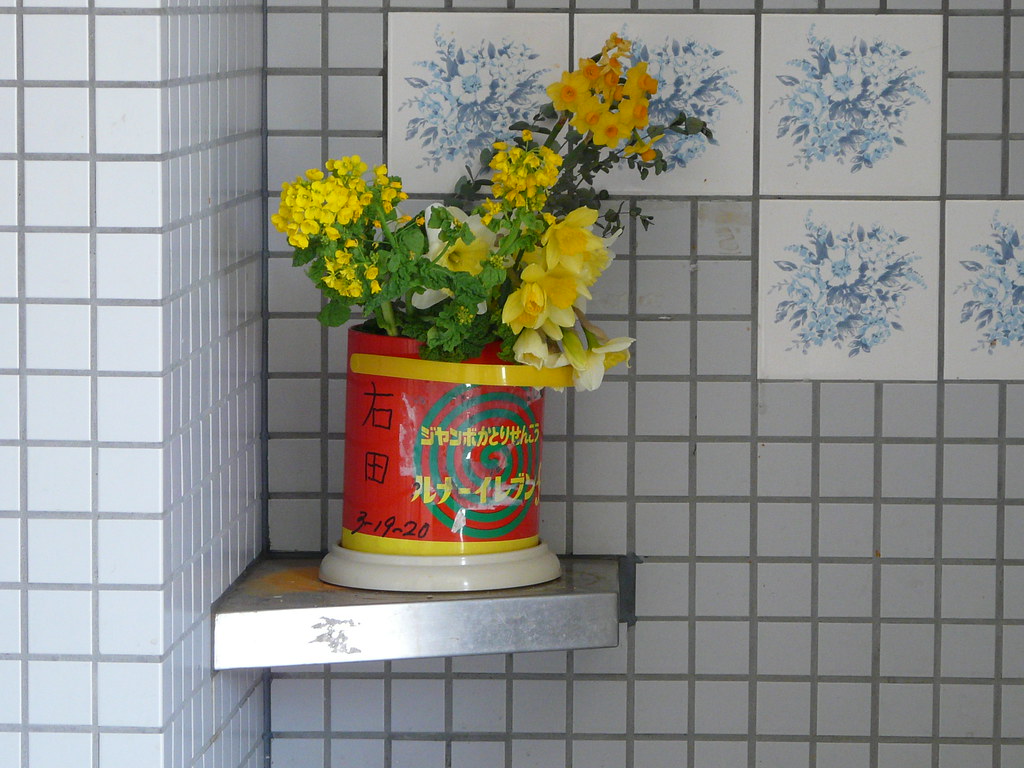
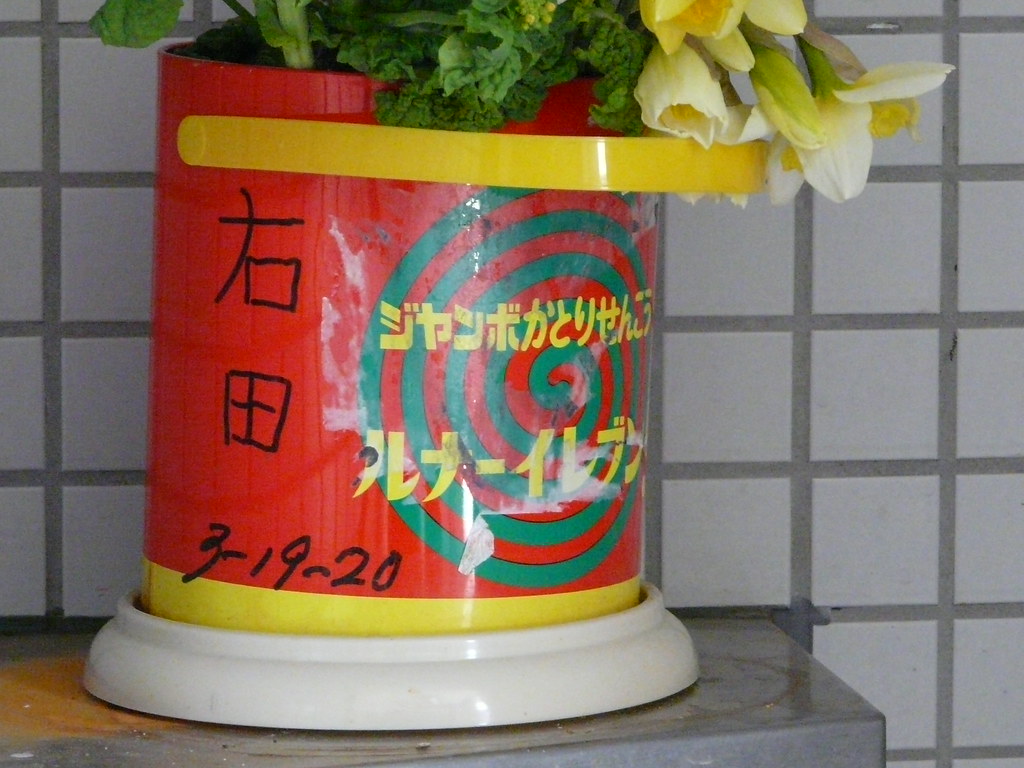
Materials: Can
Location: Sakae, Nagoya
A couple more [HERE] and [HERE].
Painted wood scraps form signage for a coffee house in central Nagoya.
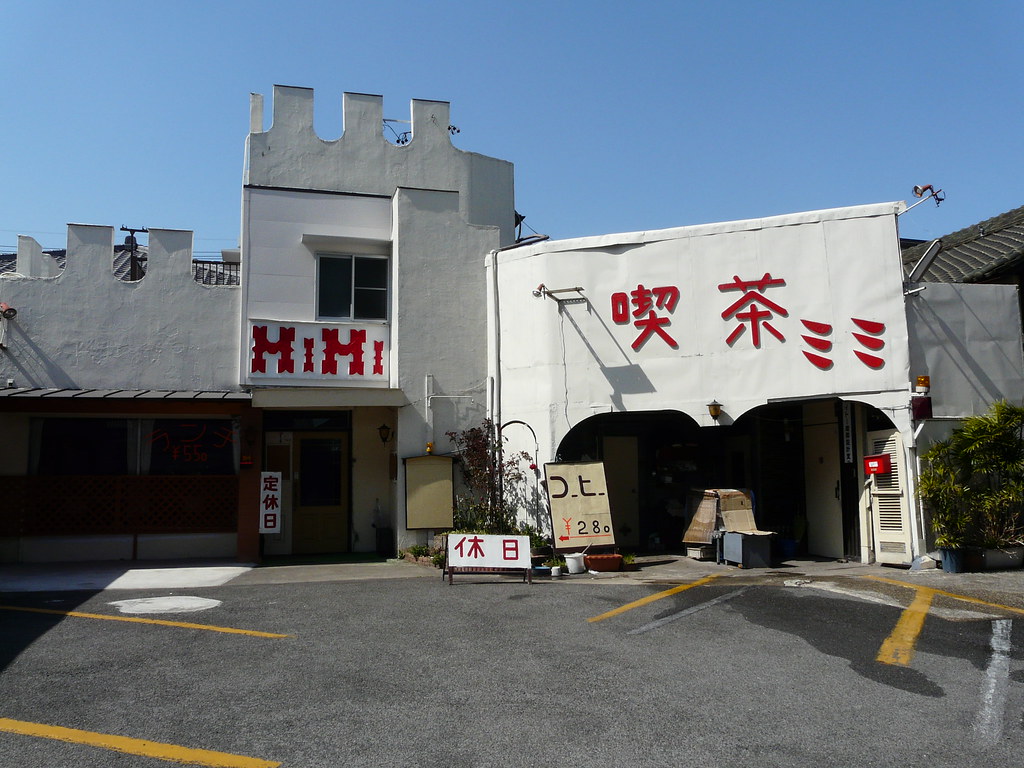
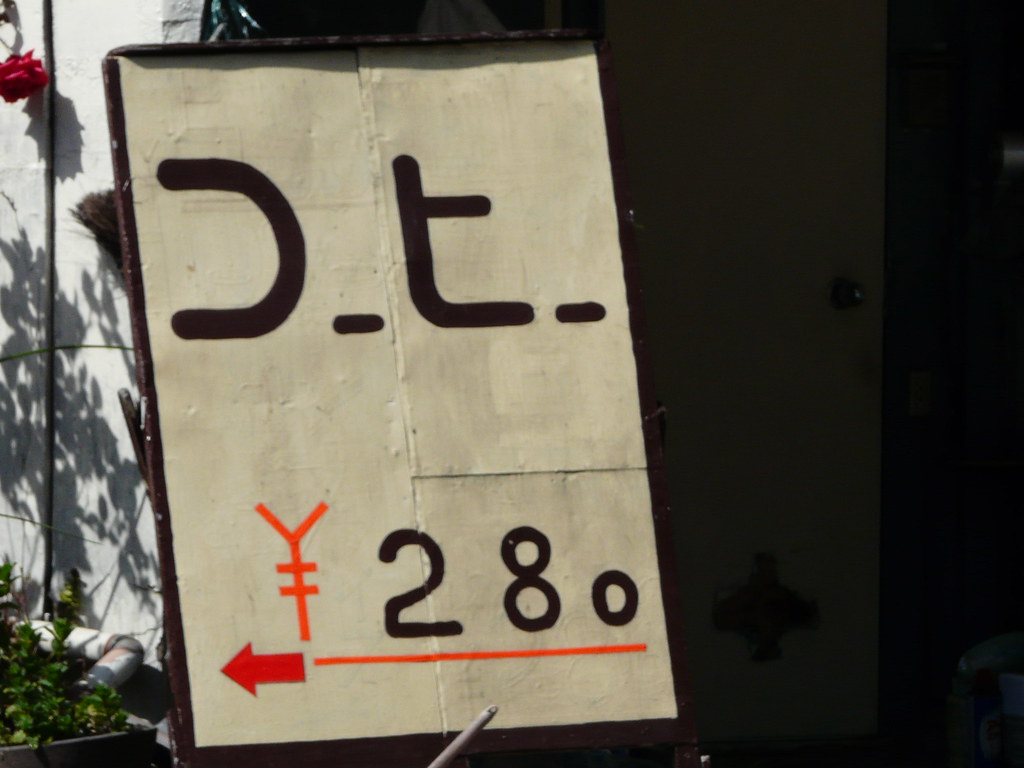
Materials: Paint, Wood Scraps
Location: Nagoya
Watch out for burglars! This frugal signage warns residents of ambient dangers.
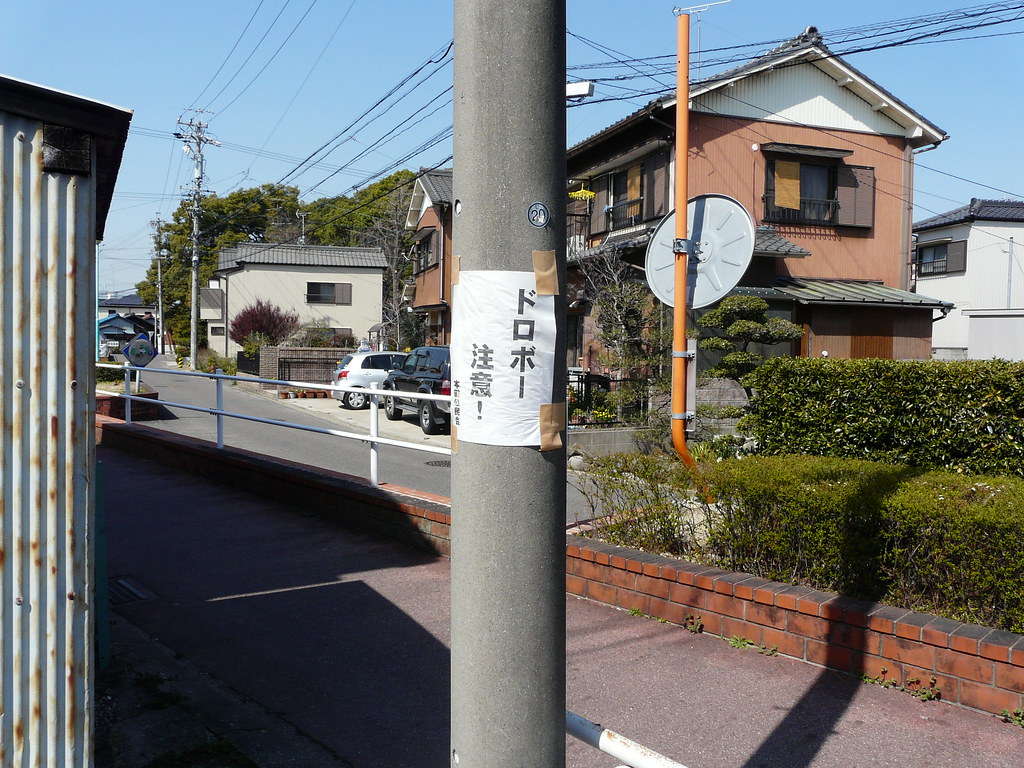
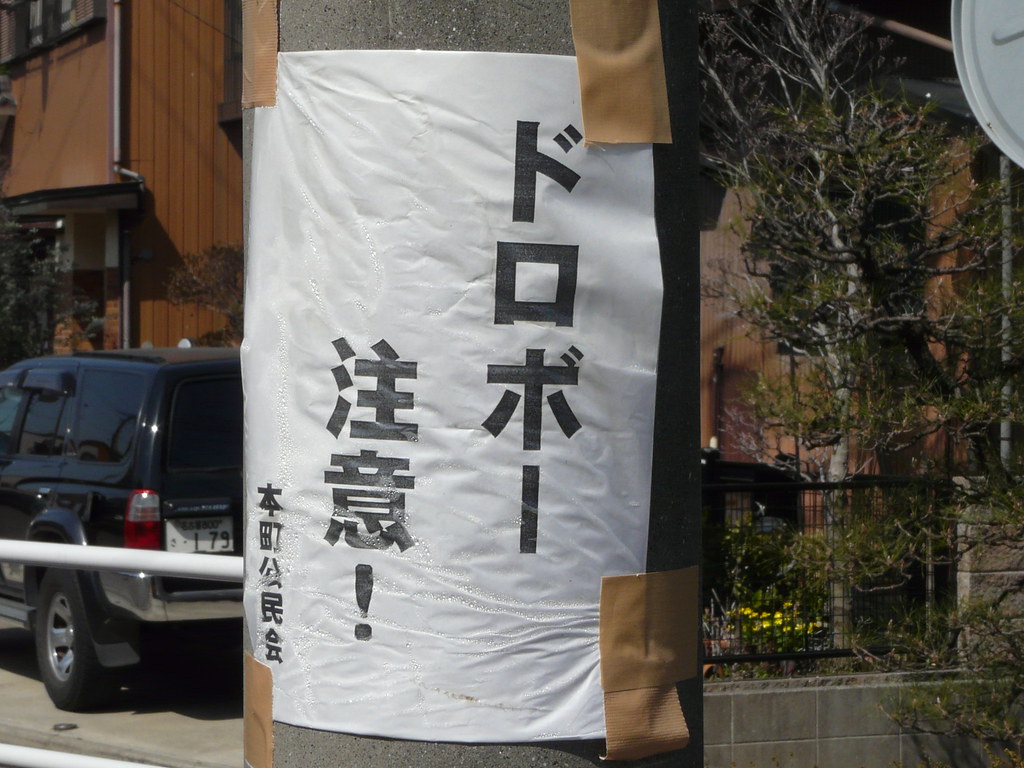
Materials: Laminated Paper, Duct Tape
Location: Nagoya
Dead space unsuable for parking or commerce is just big enough for a family size harvest of onions.

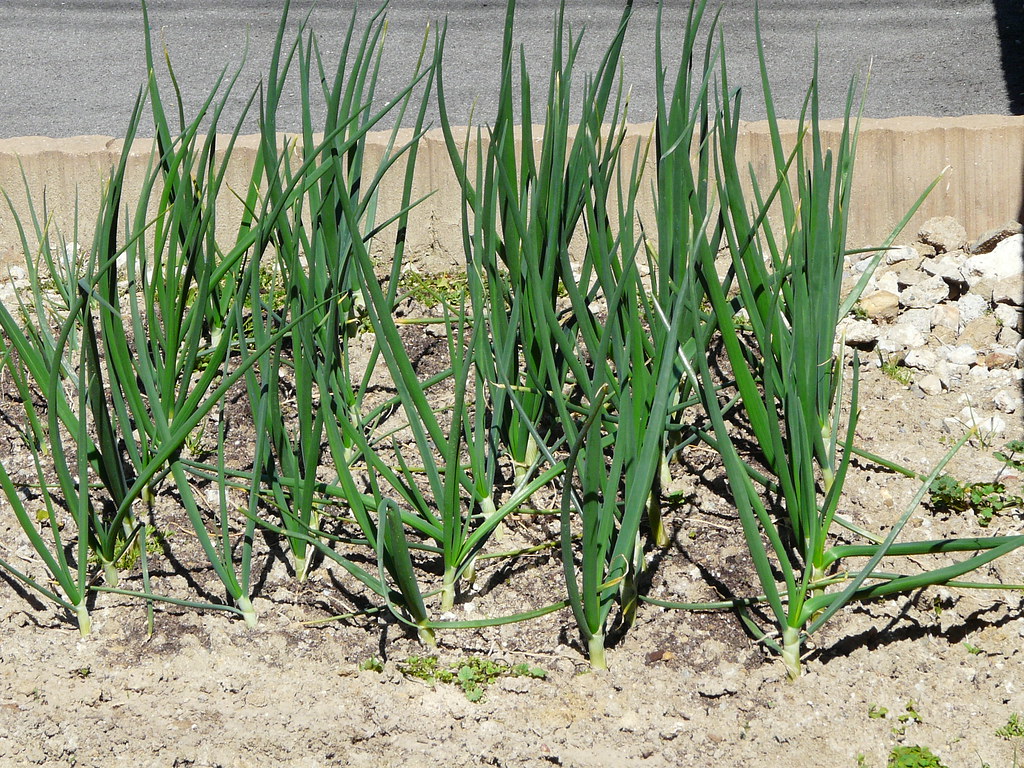
Materials: Brick Border
Location: Nagoya
Plants trump cars (or rather, genially share space with them) in this family-feeding size parking lot planter.
See also Pots Trump Cars in Kokubunji on this site – and blocking plants and 4 ways to use parking space from the fantastic Linus Yng.
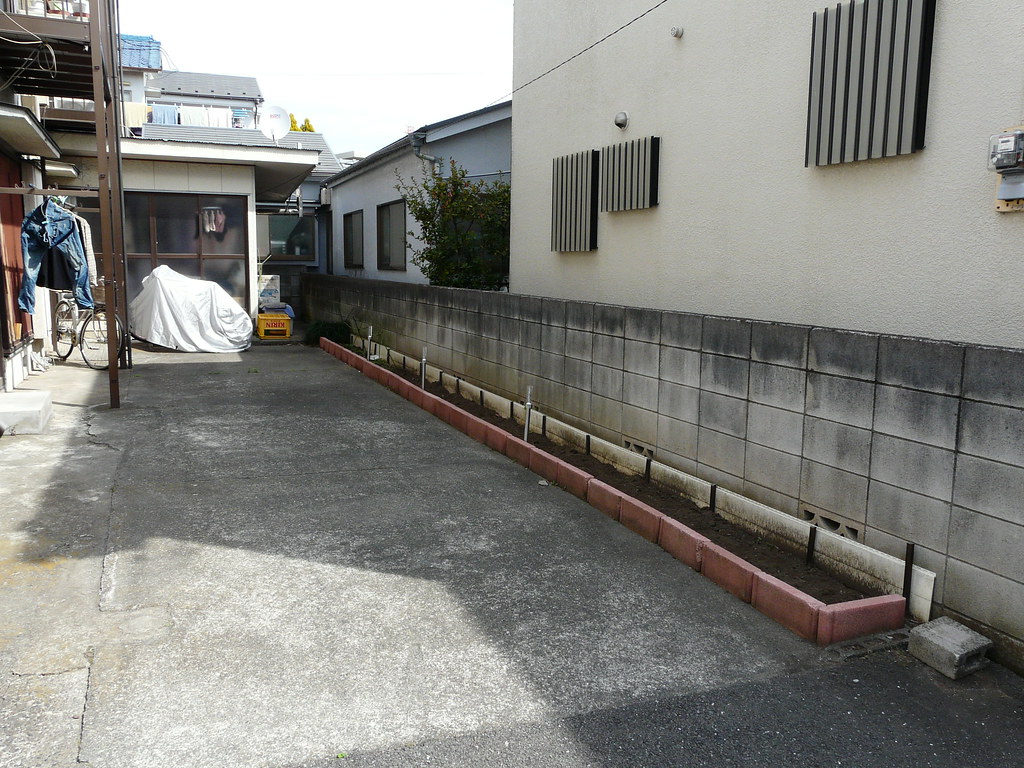
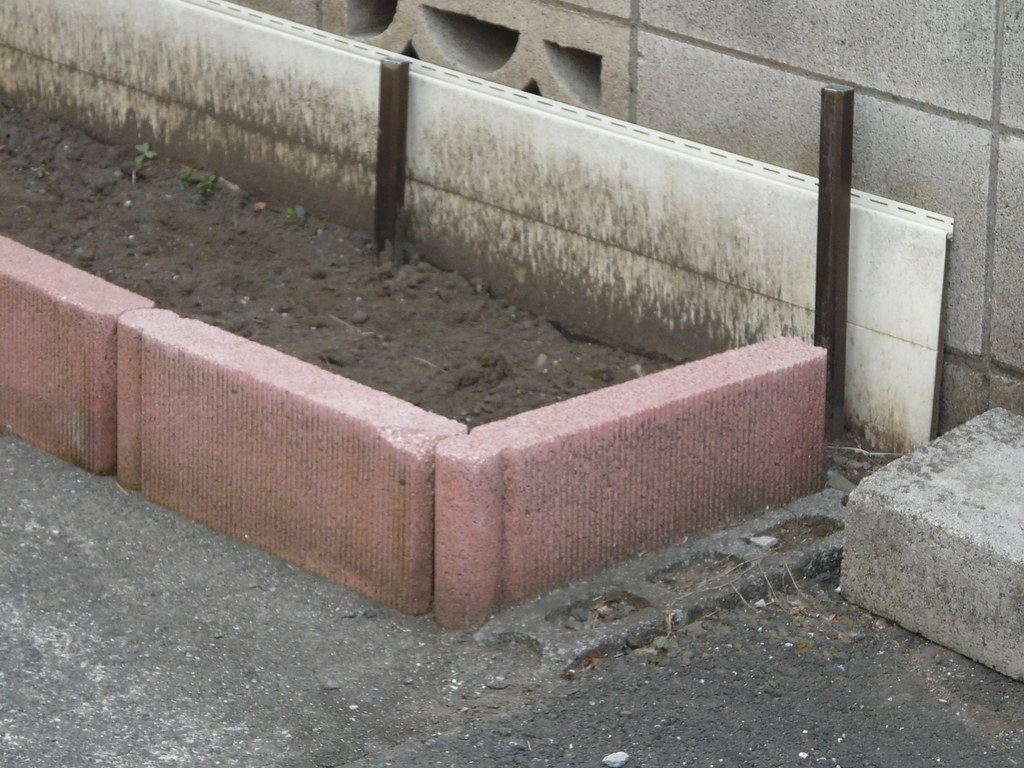
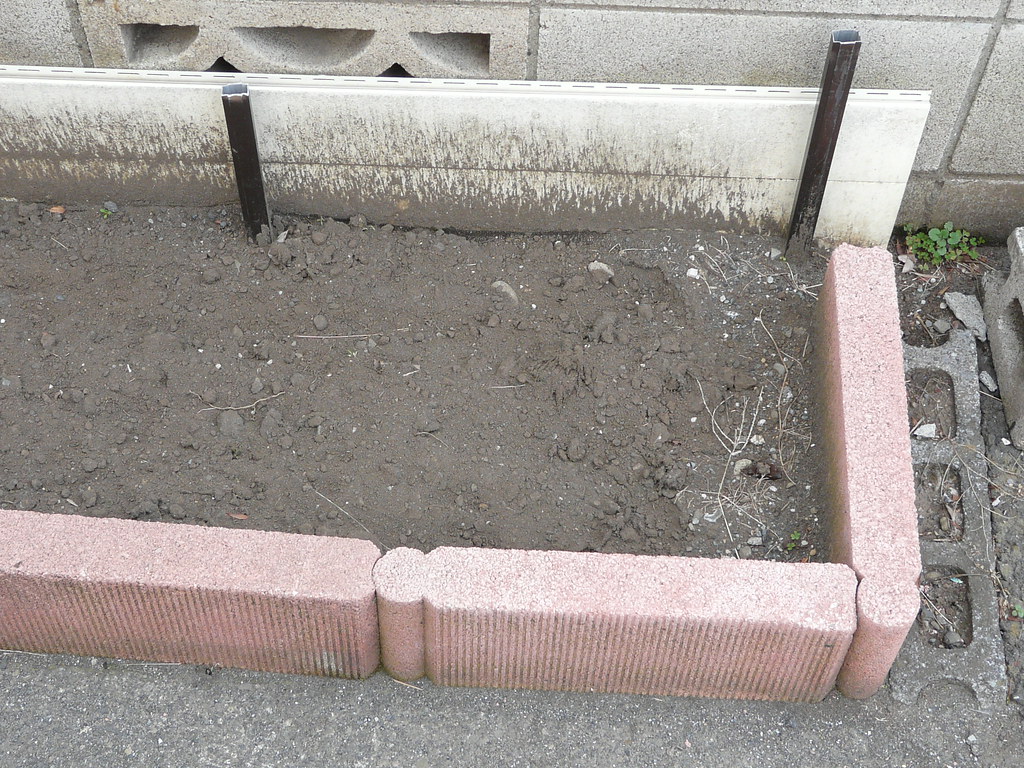
Materials: Bricks, Metal Stakes, Metal Shelving
Location: Akishima-shi, Tokyo
Long roadside planter constructed of loosely packed bricks also functions as parking deterrent on residential street.
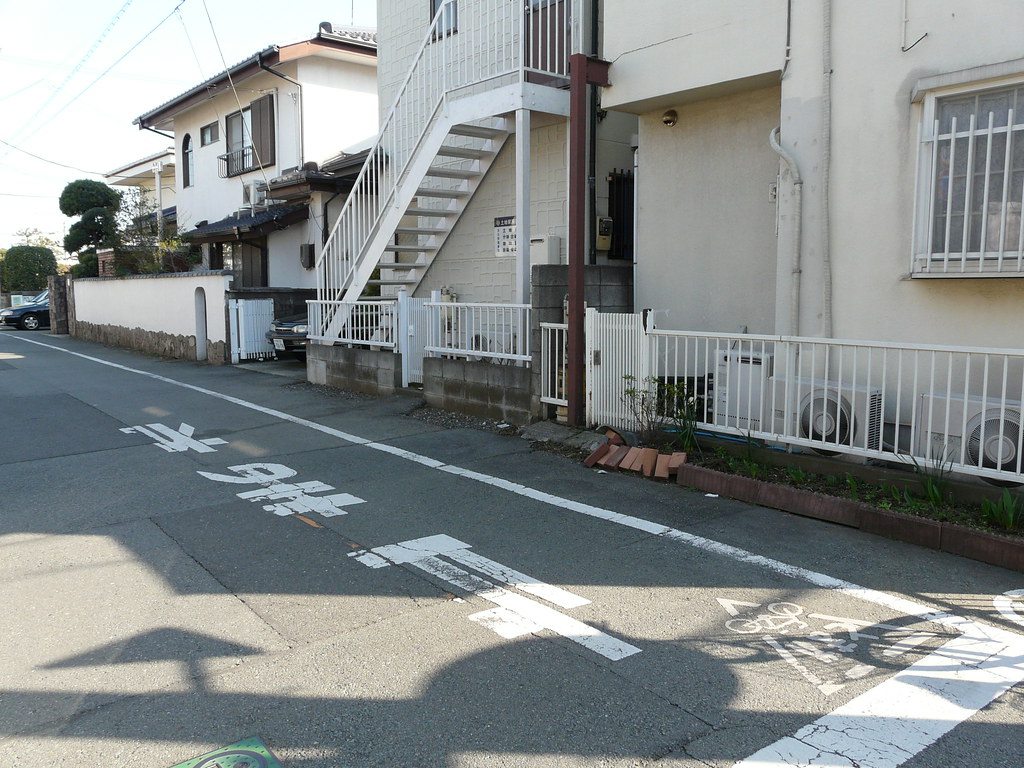
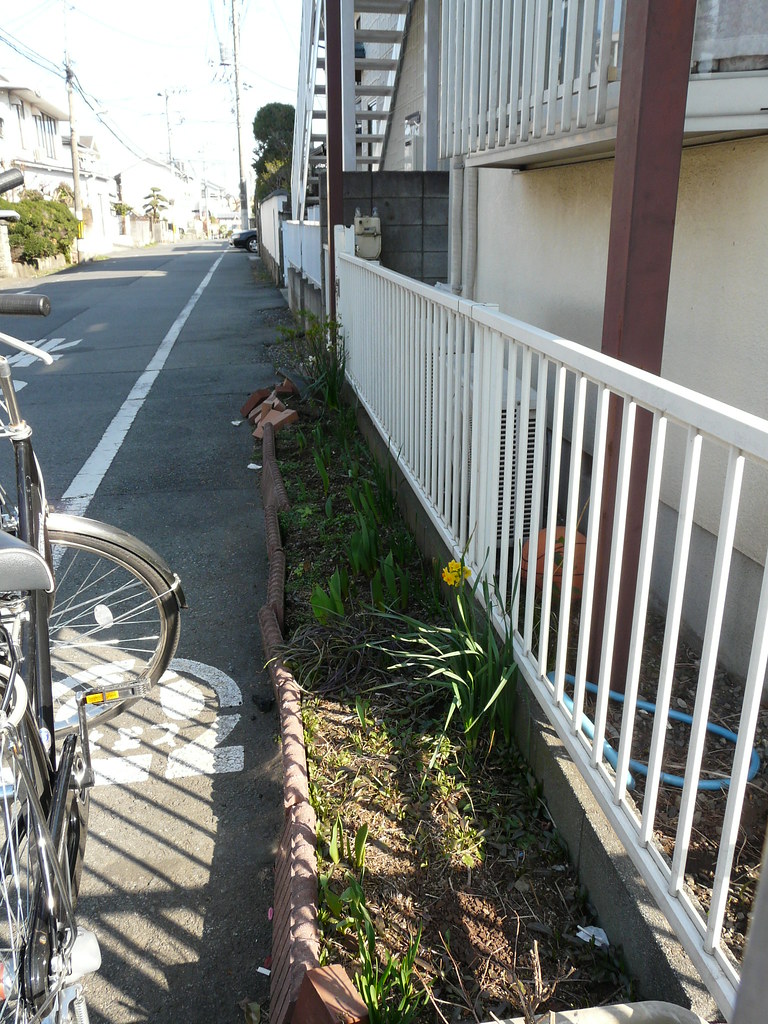
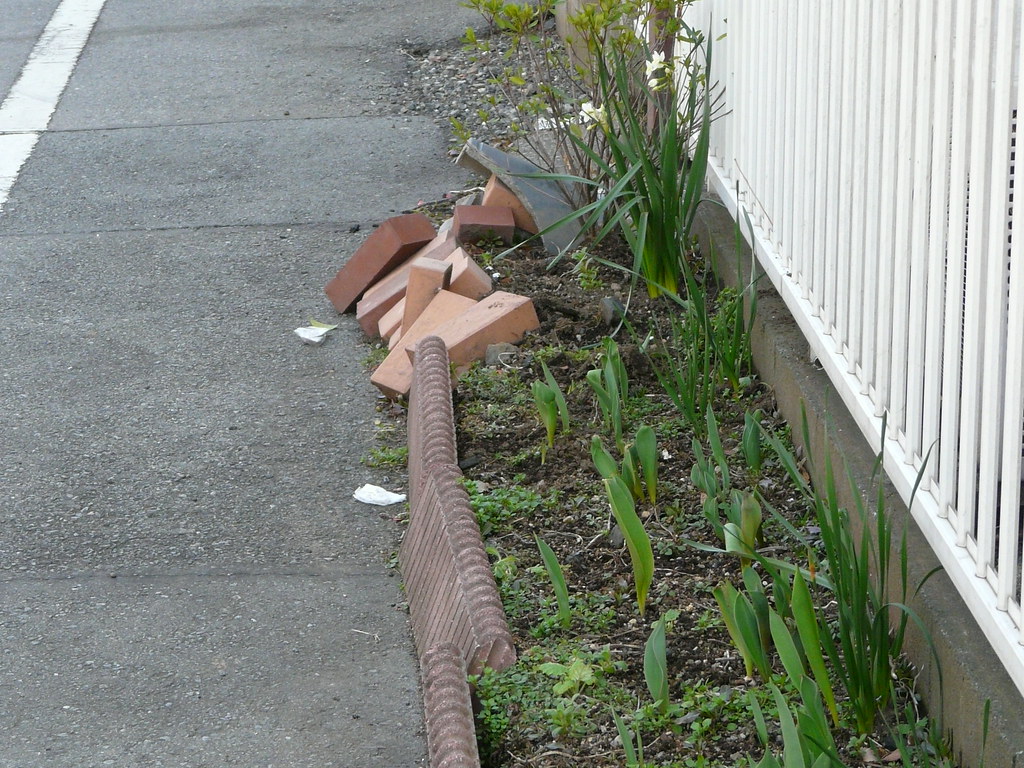
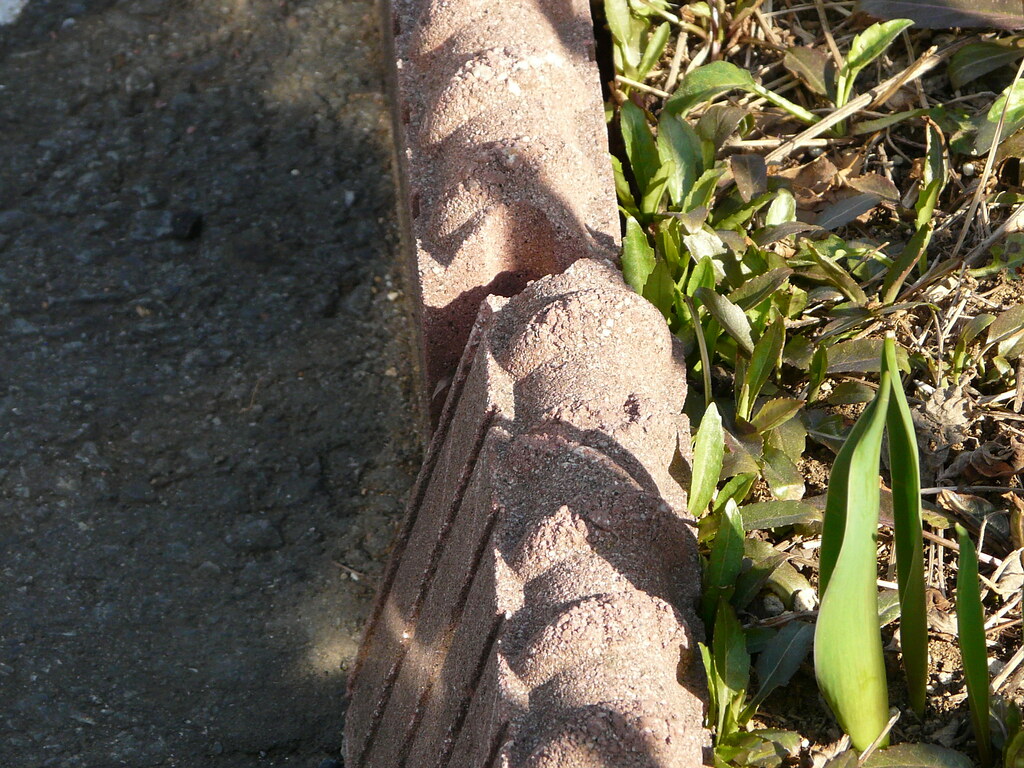
Materials: Bricks
Location: Akishima-shi, Tokyo
To recycle your plastic, you need to dry it. To dry it you need pegs and clothes hangers.
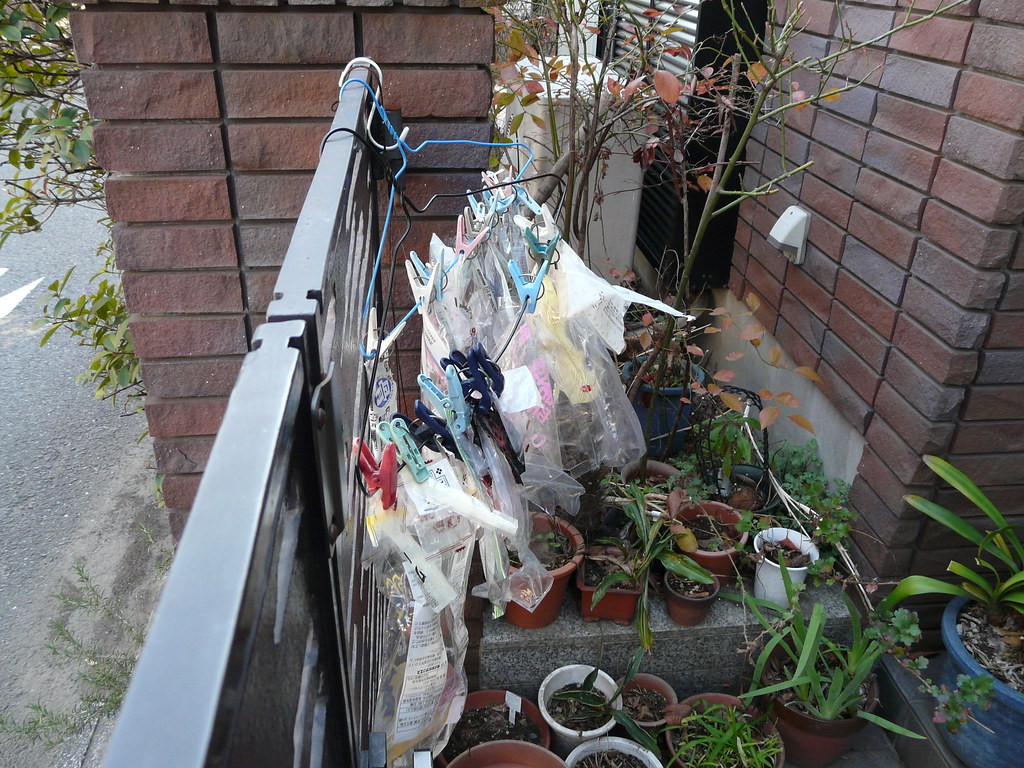
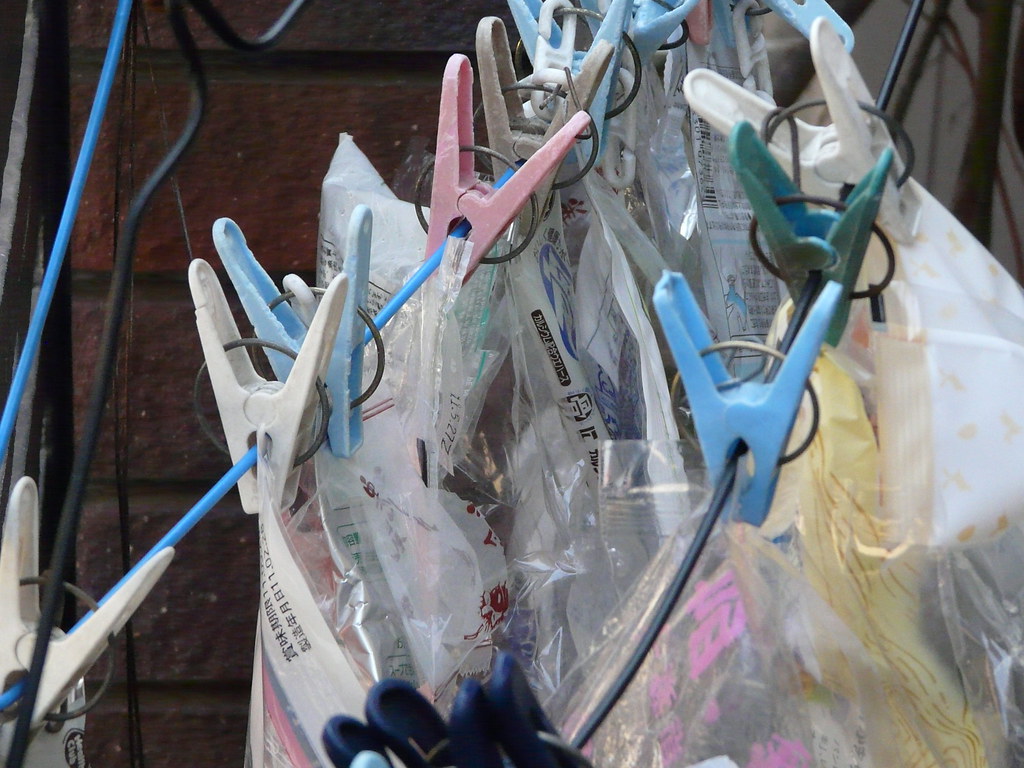

Materials: Pegs, Clothes Hangers
Location: Akishima, Tokyo
When all the public seating the park is full-up, a swing makes a very suitable spot for a rest.
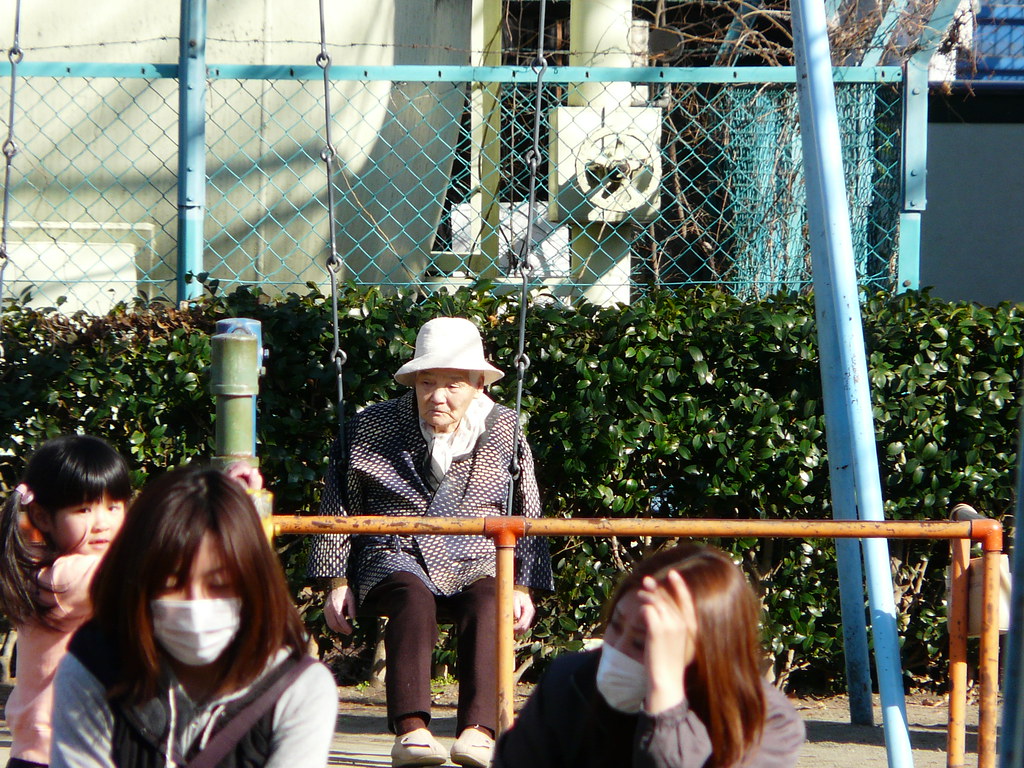
Materials: Swing
Location: Akishima, Tokyo













































